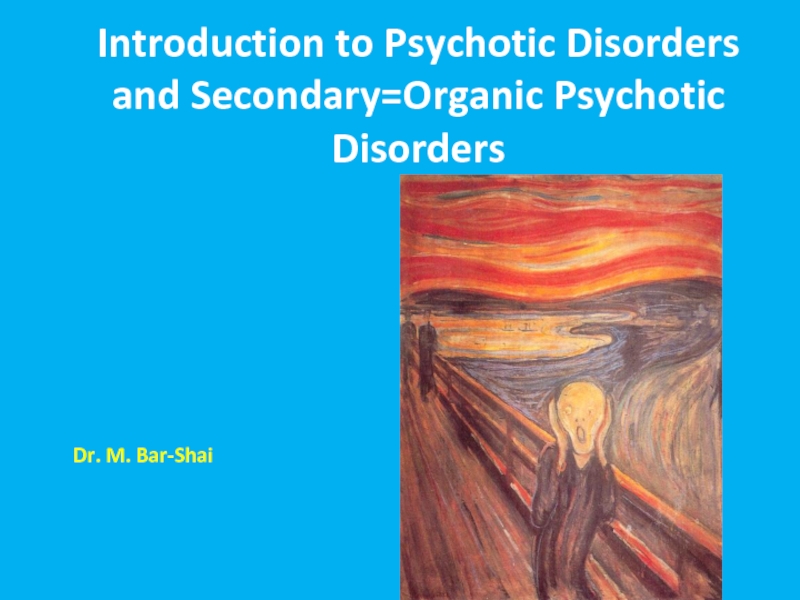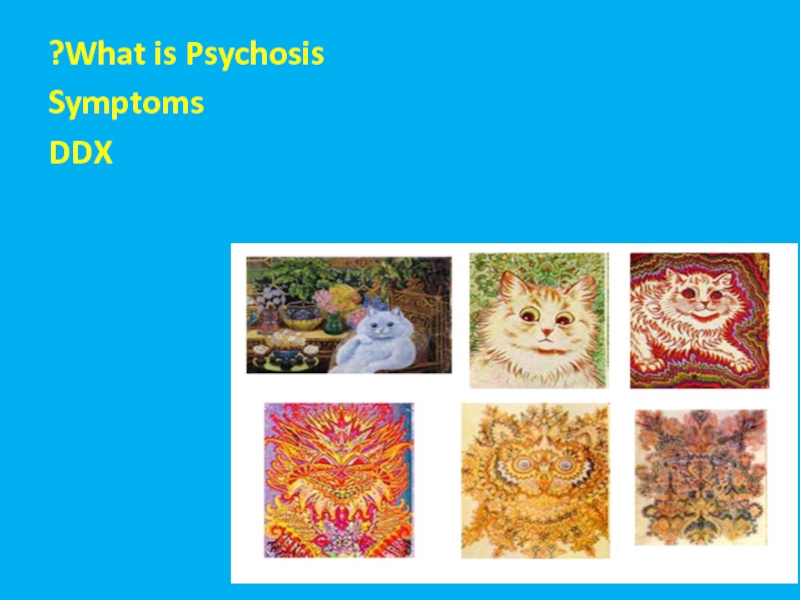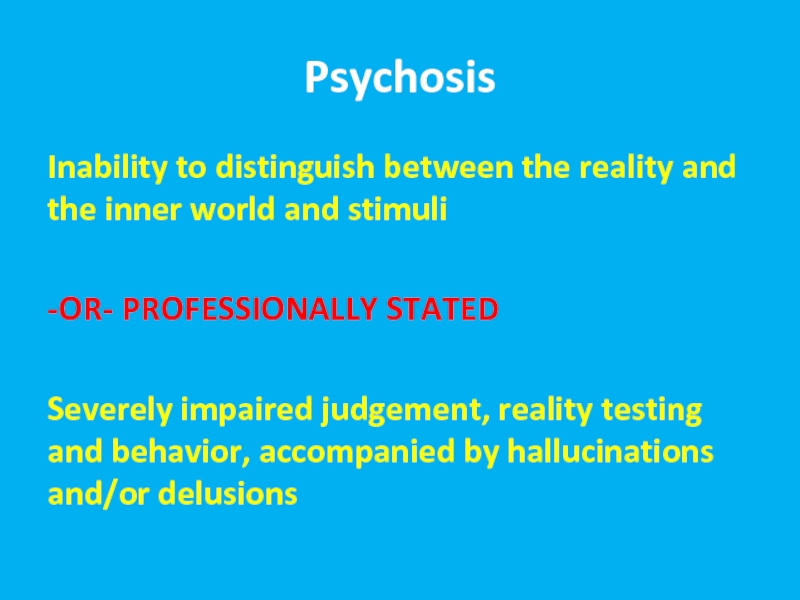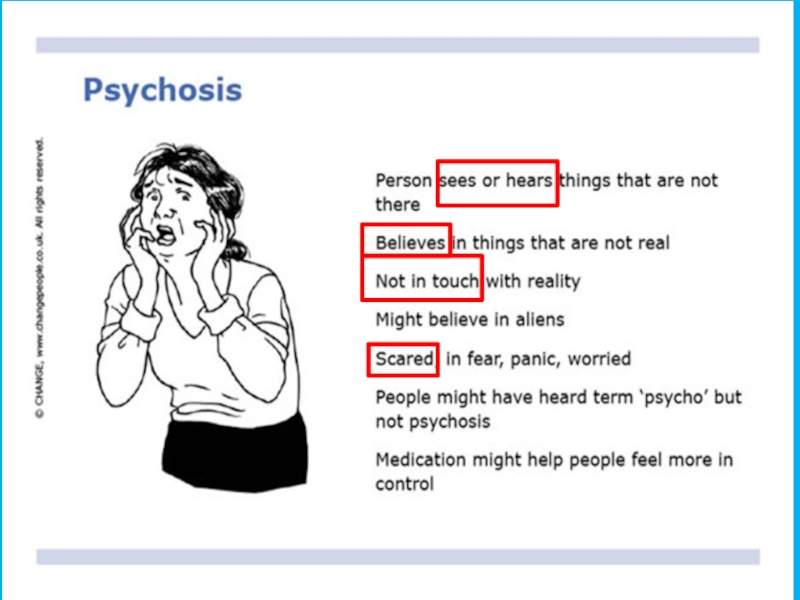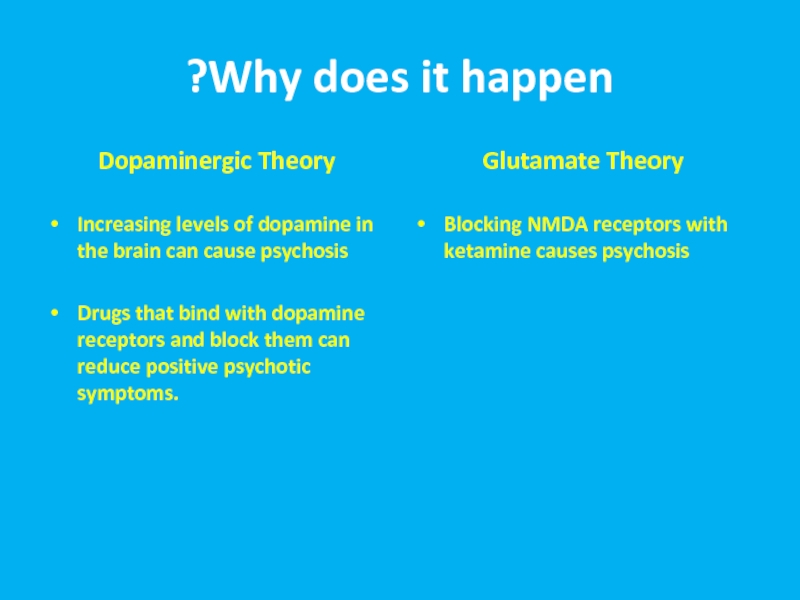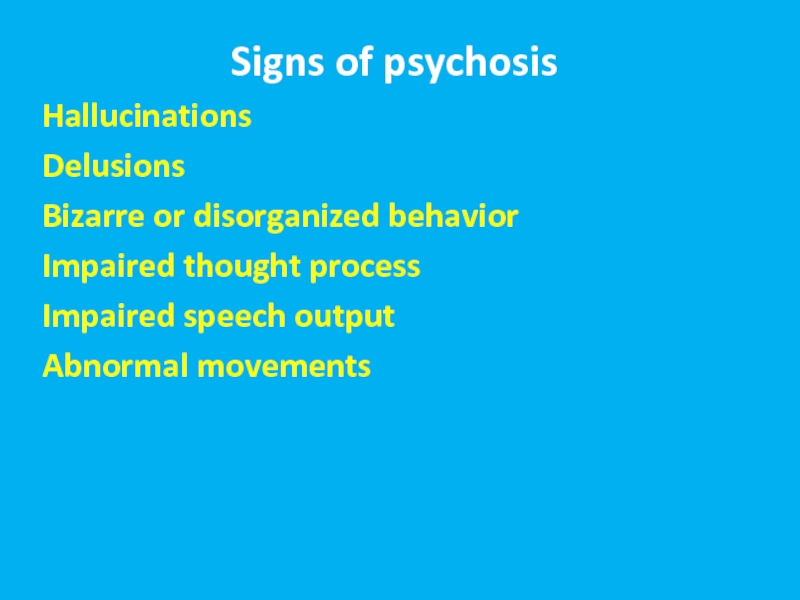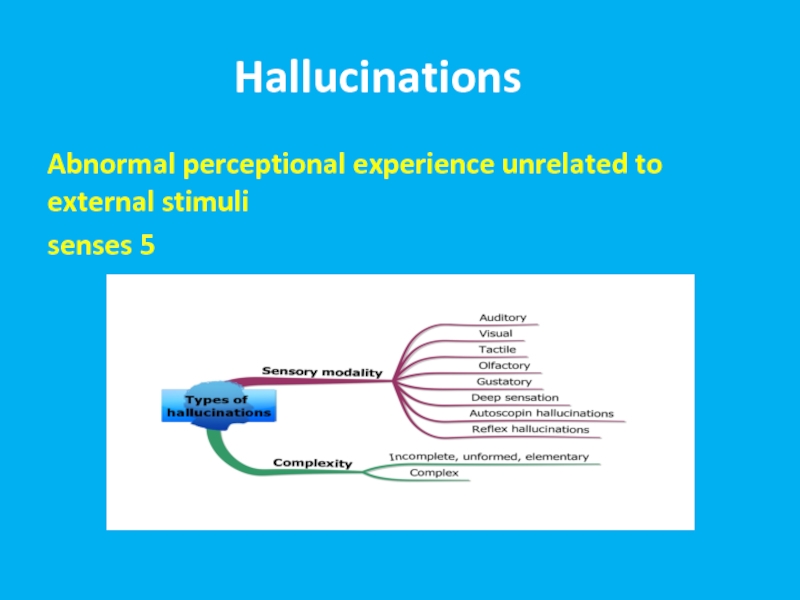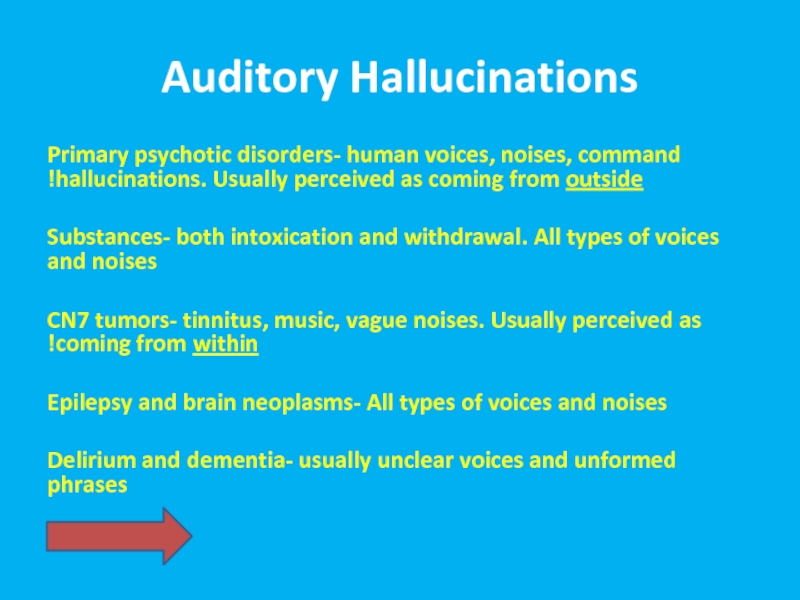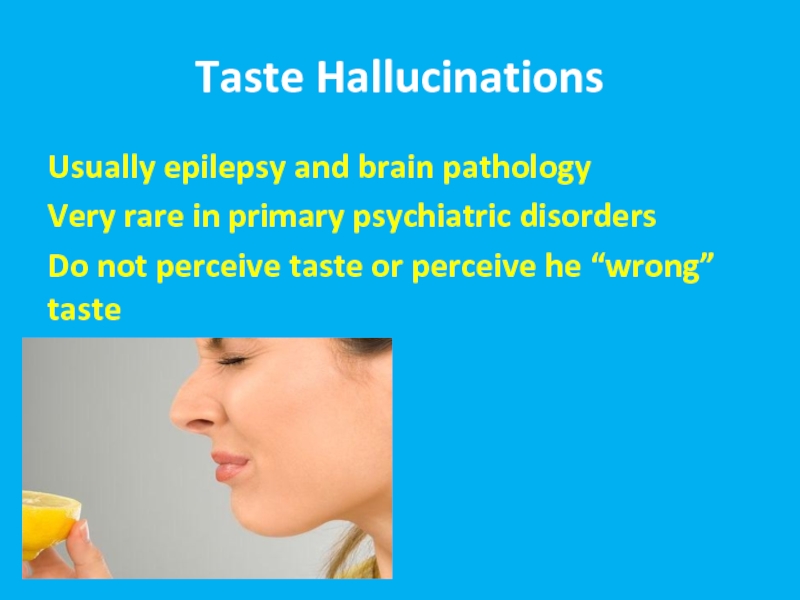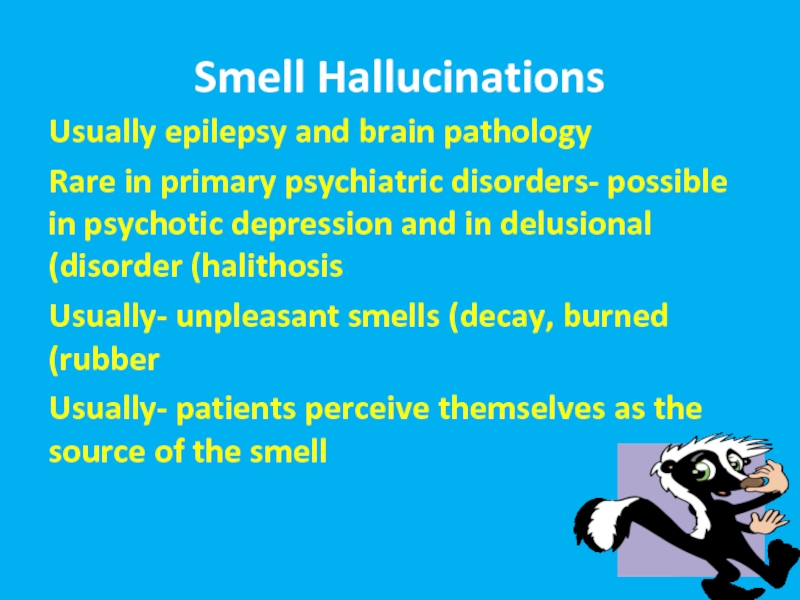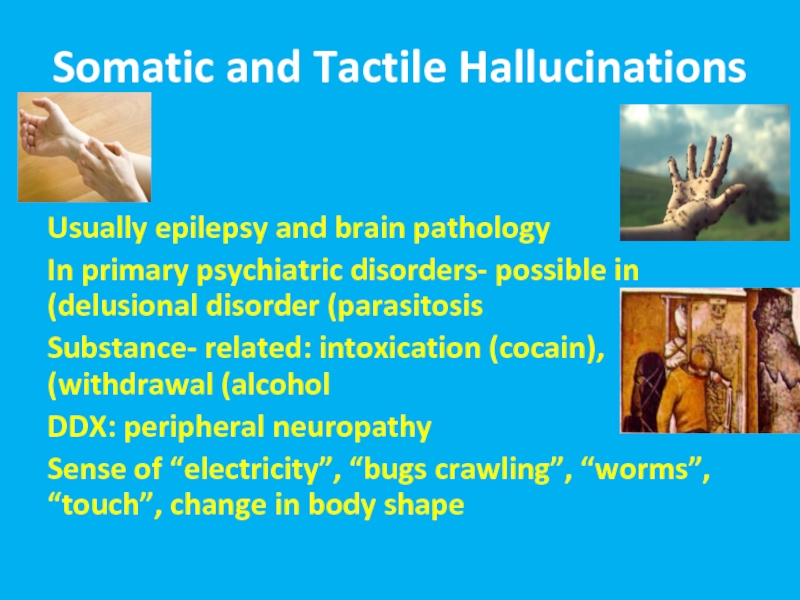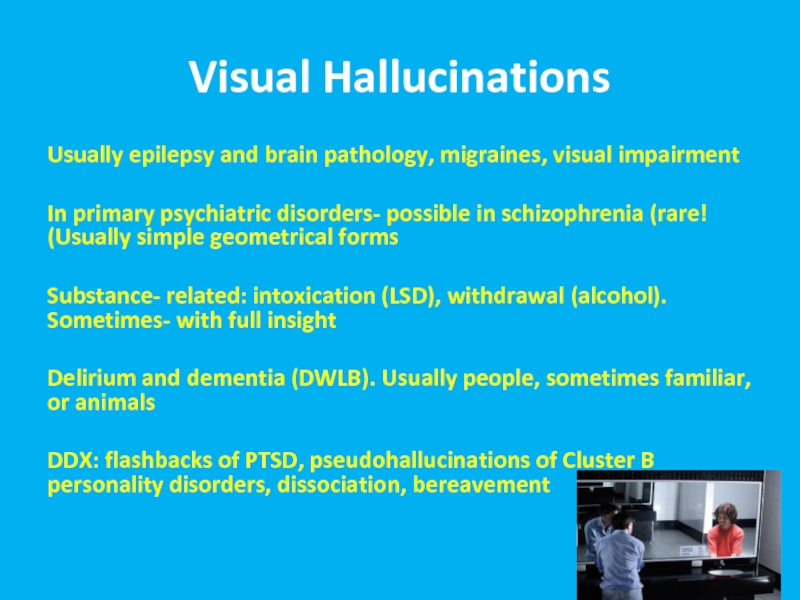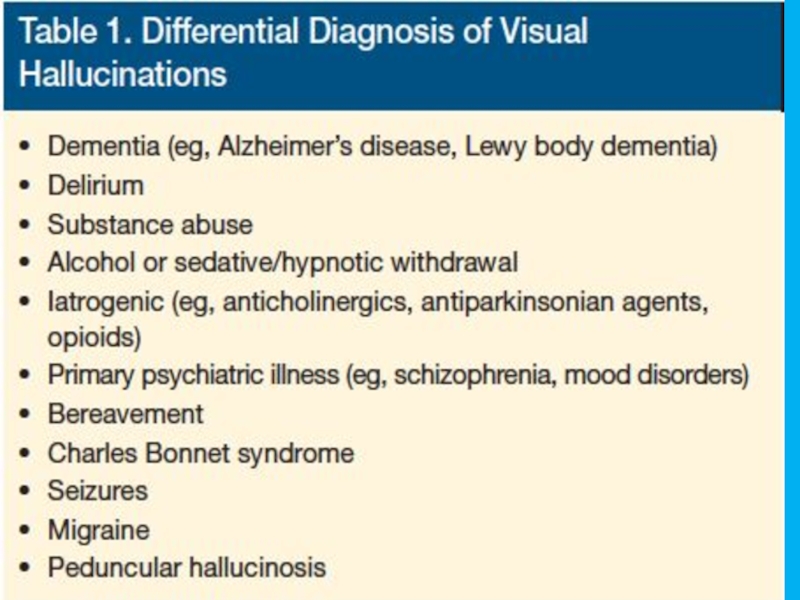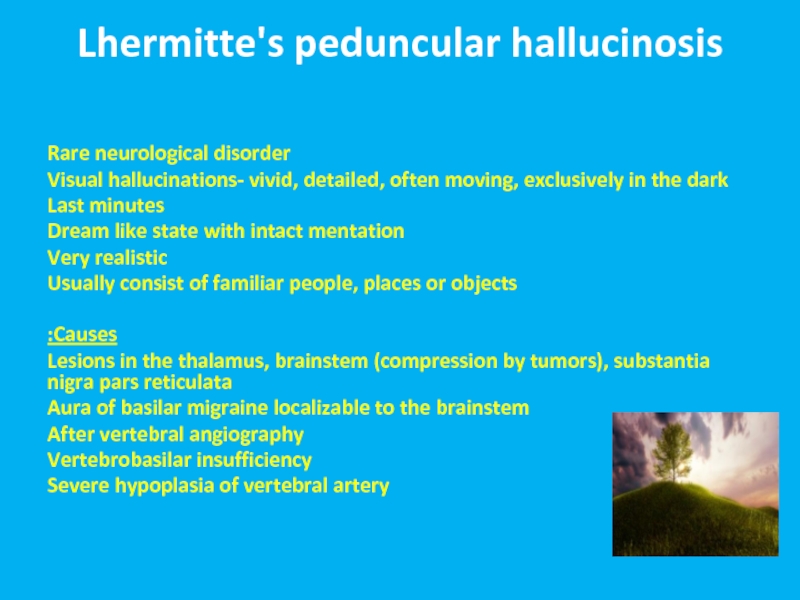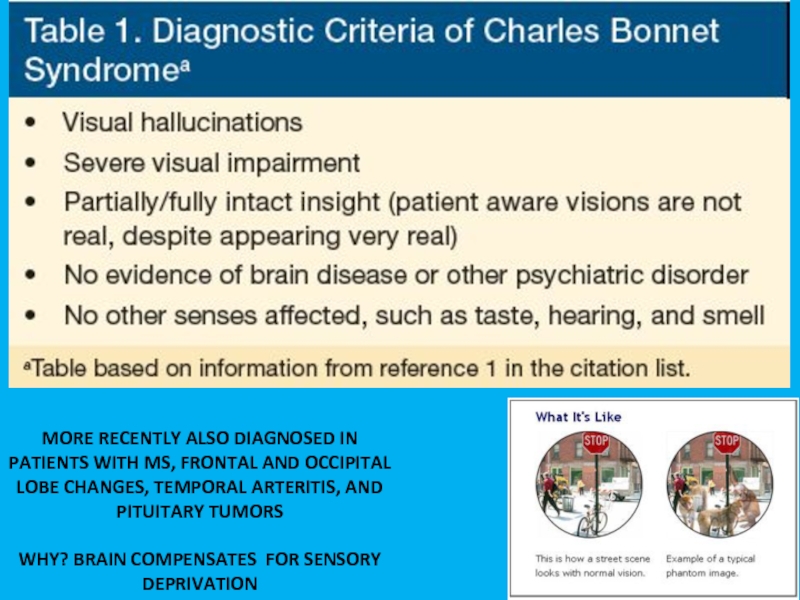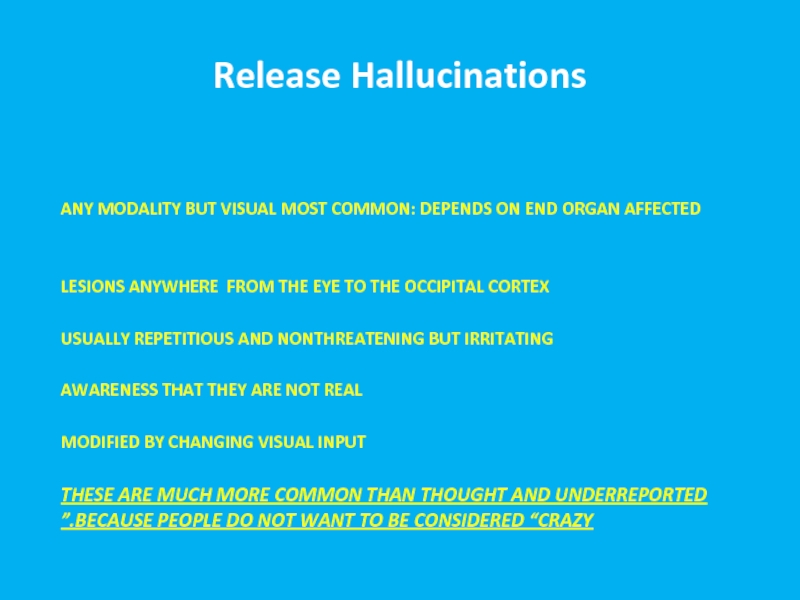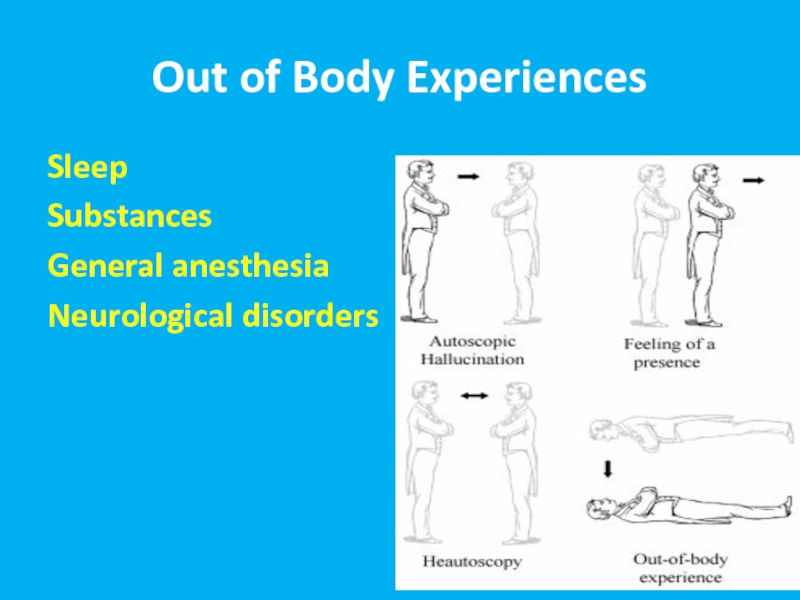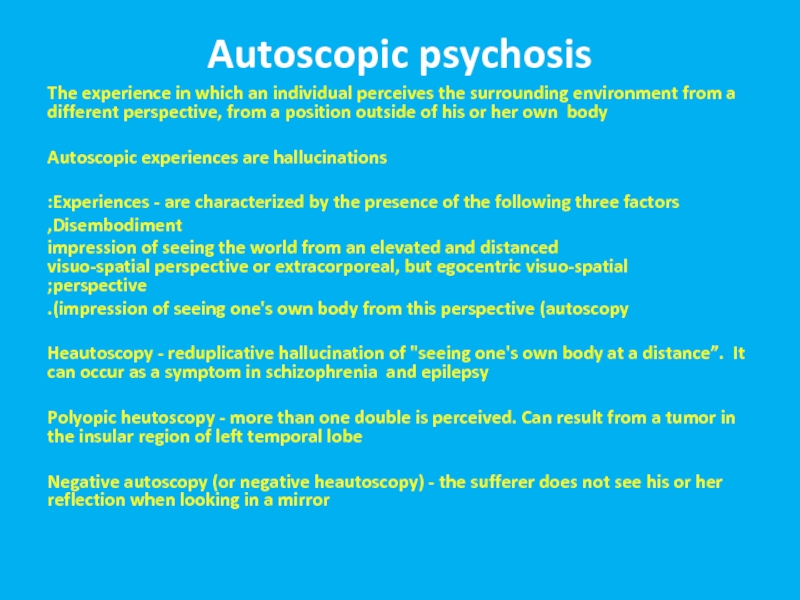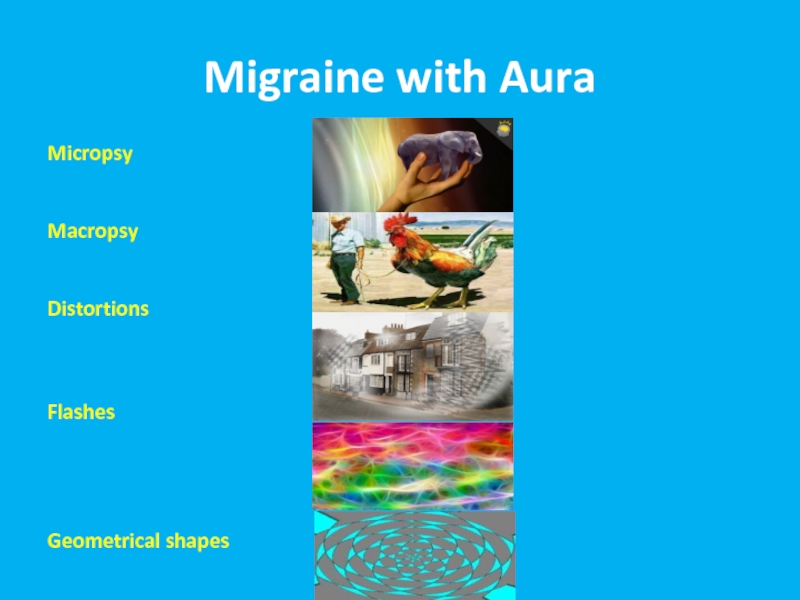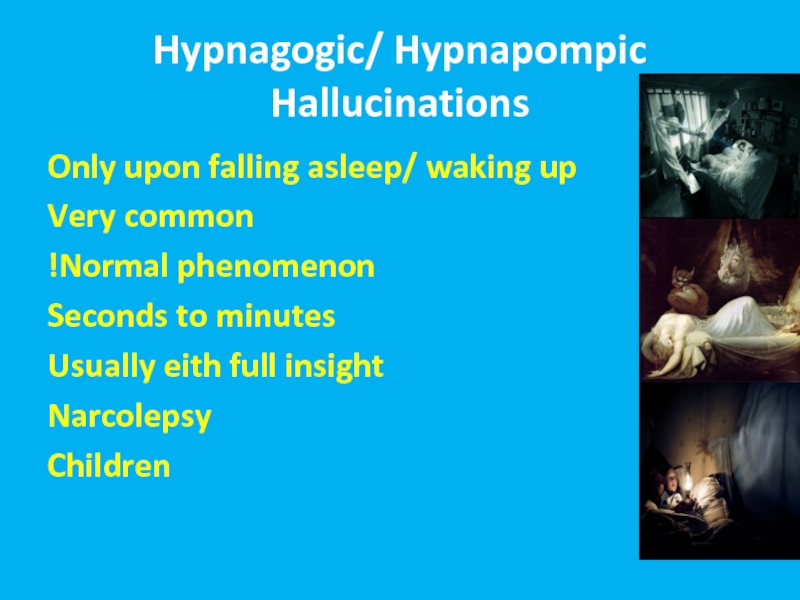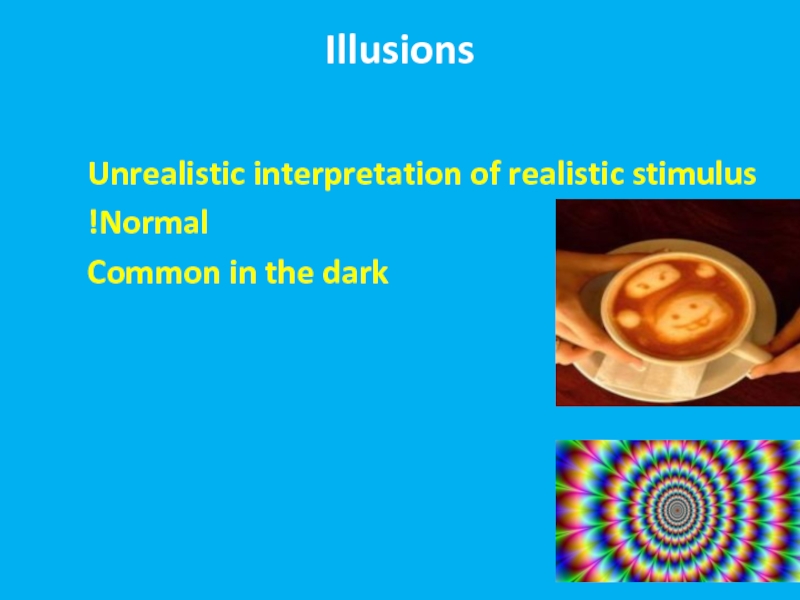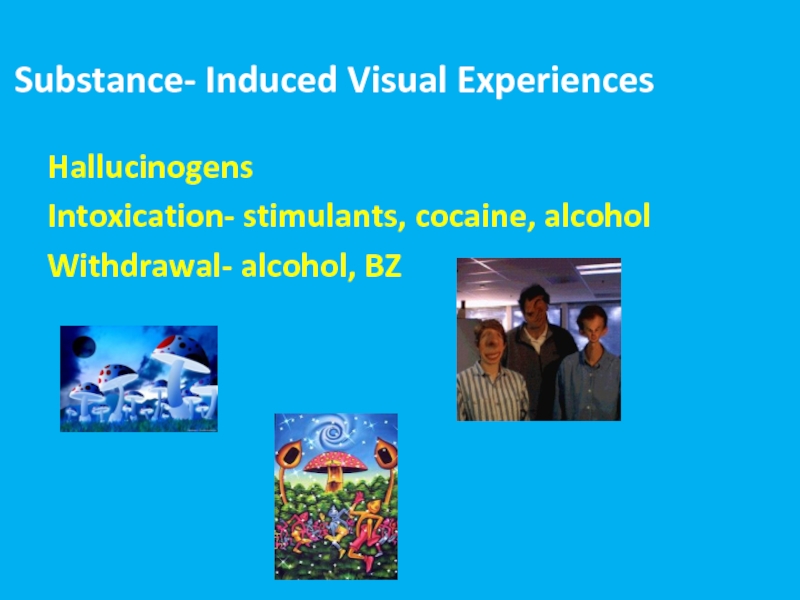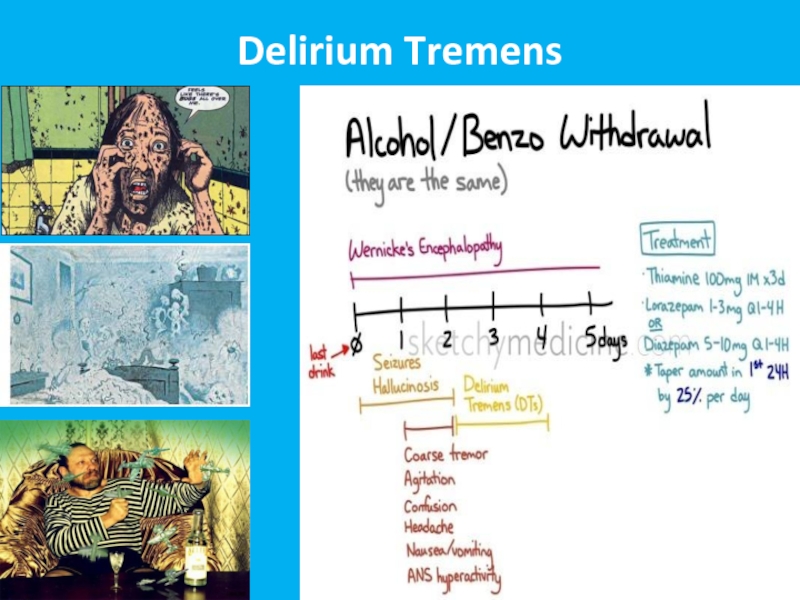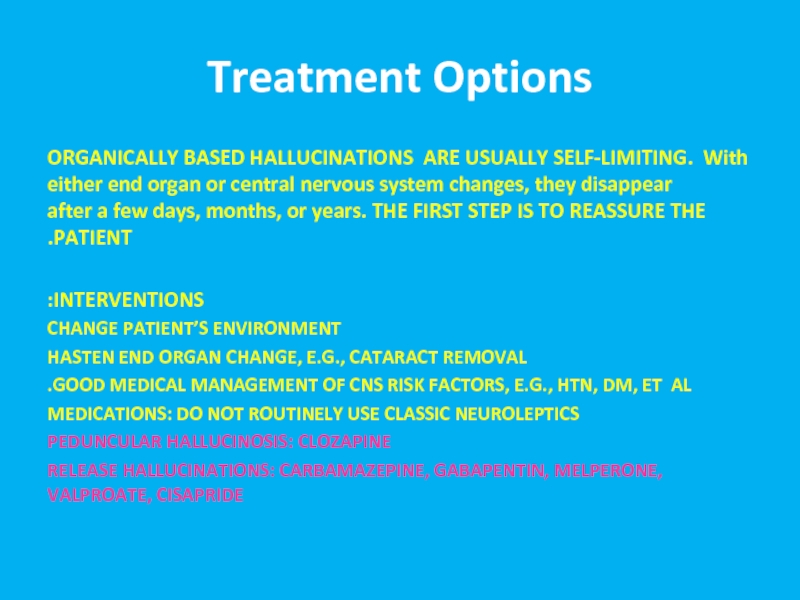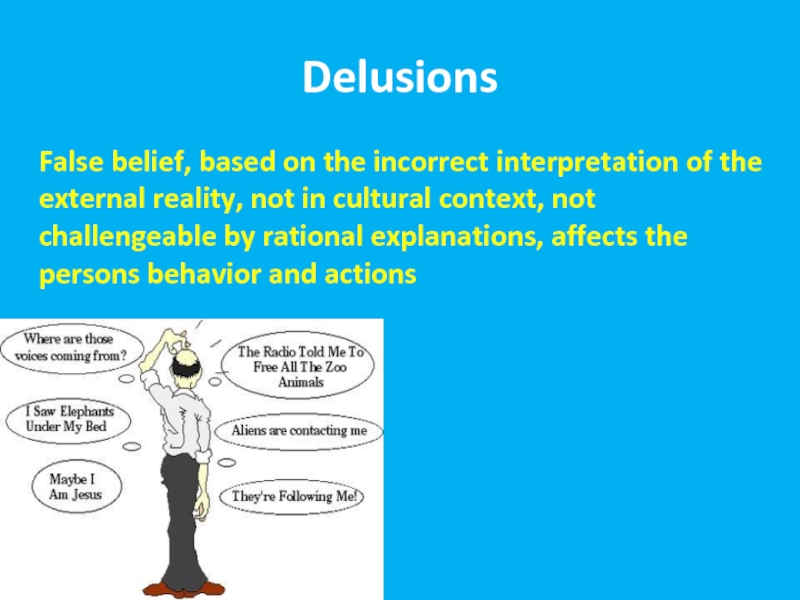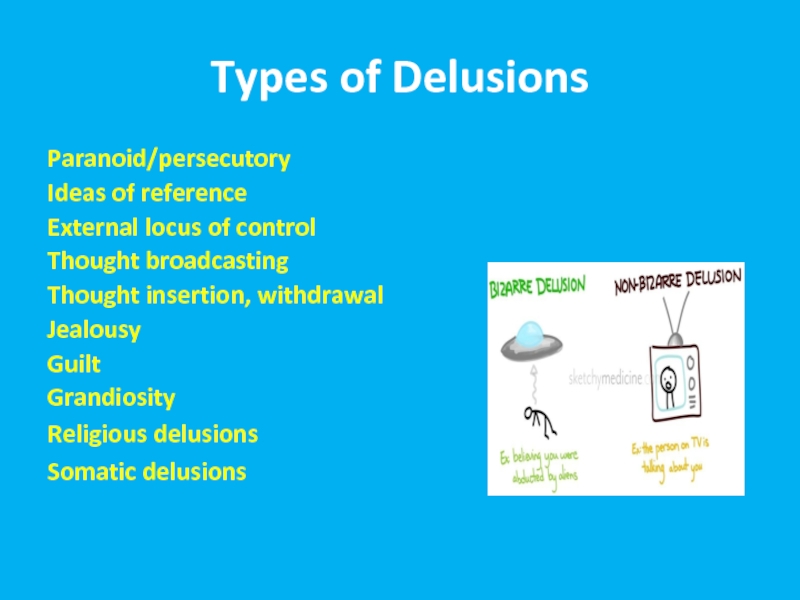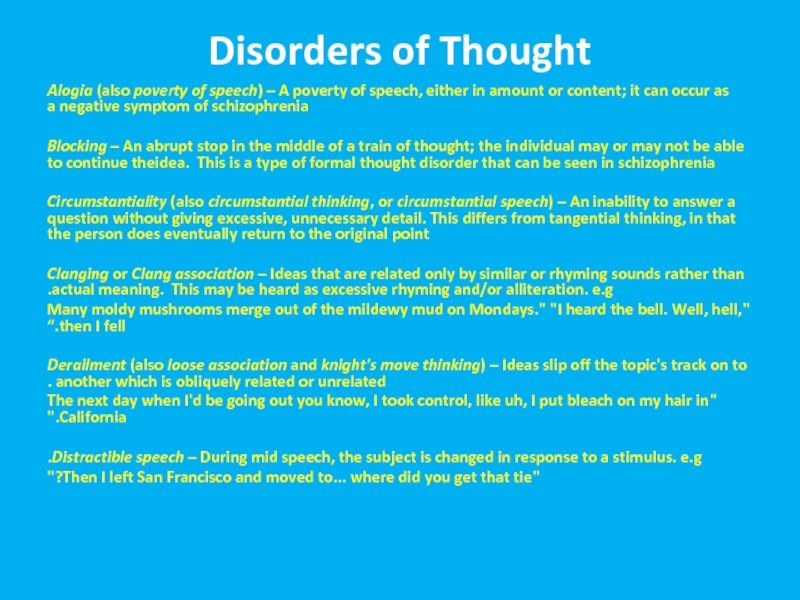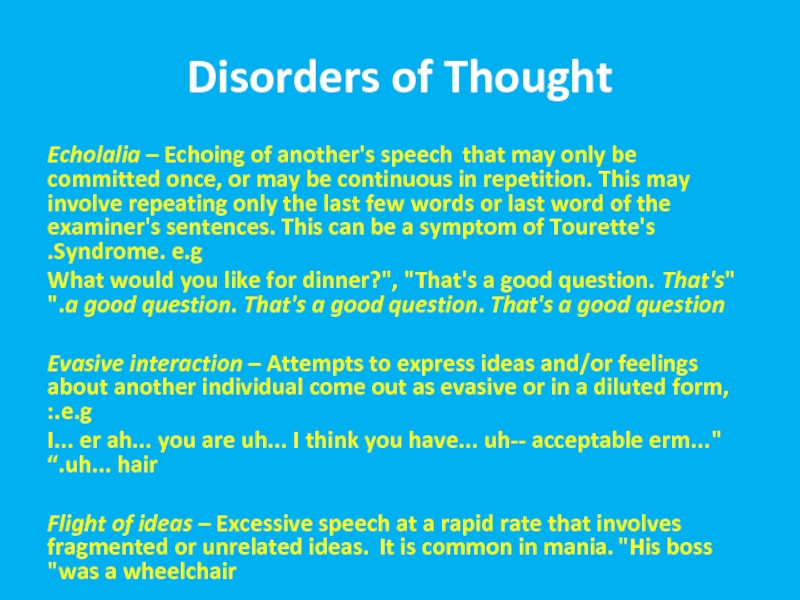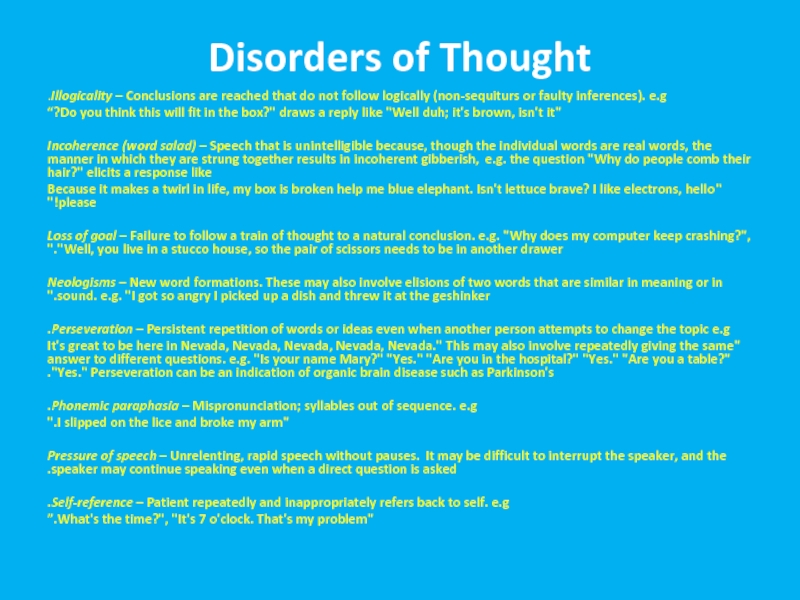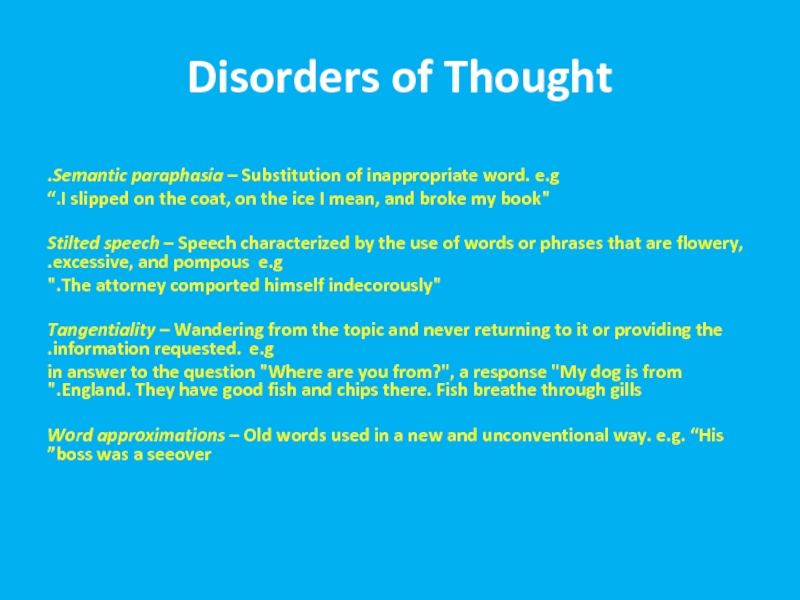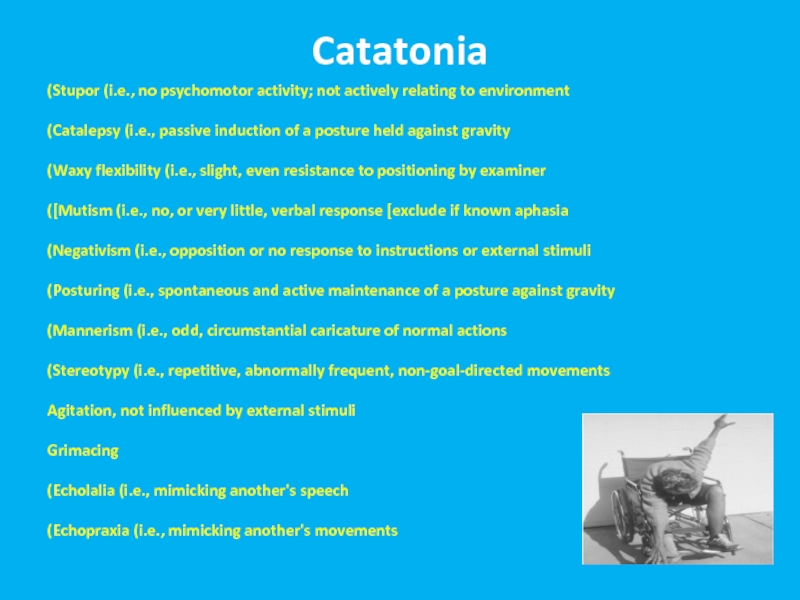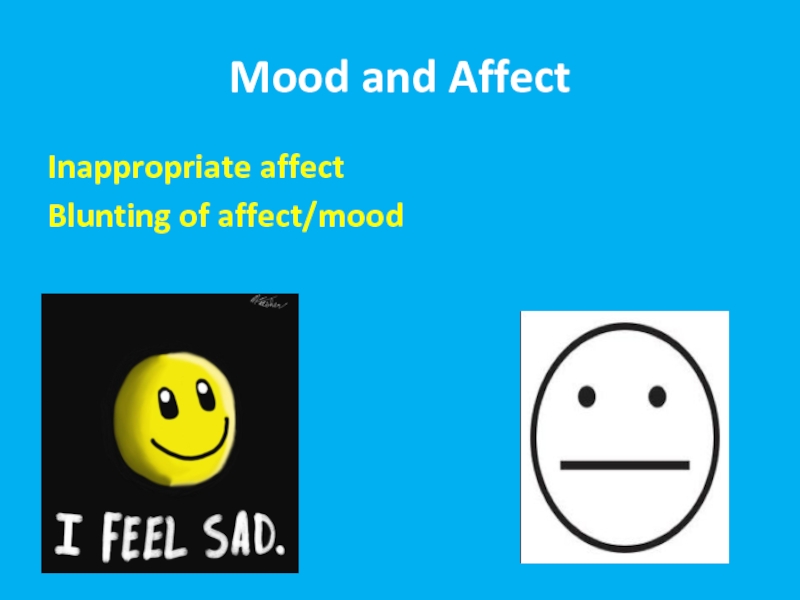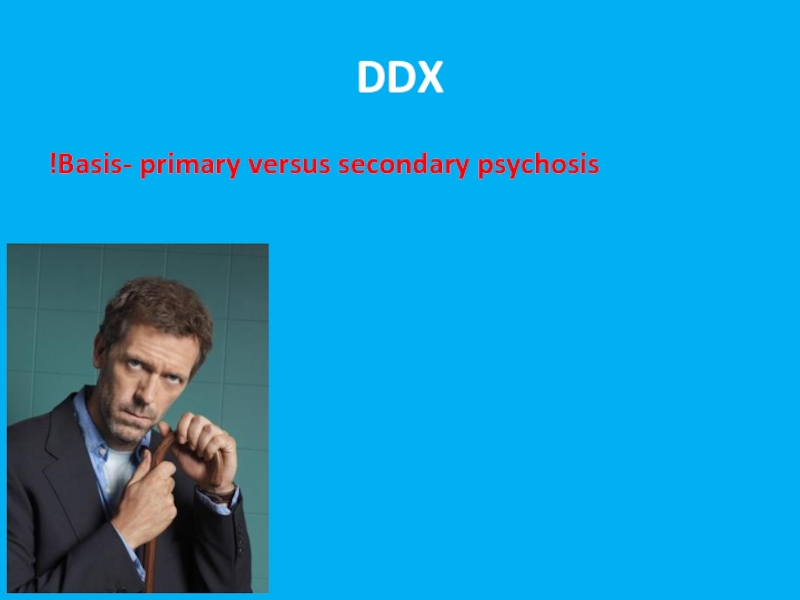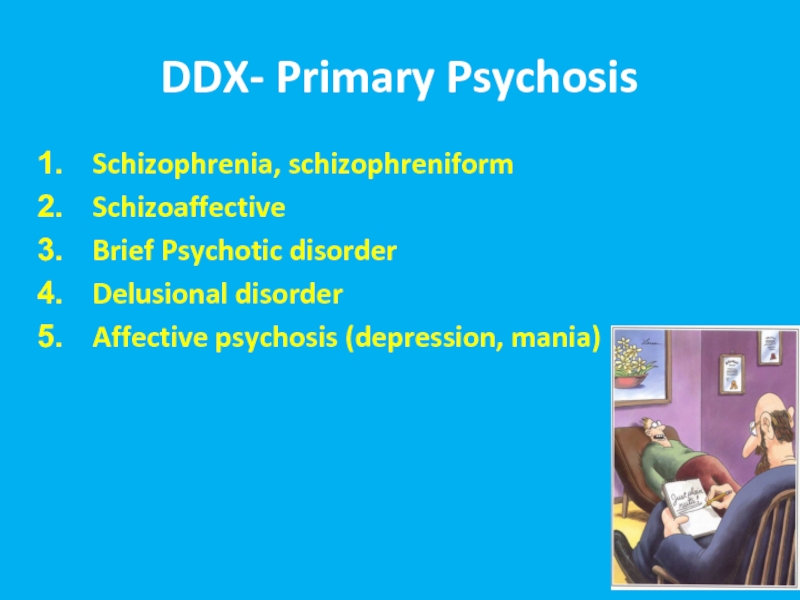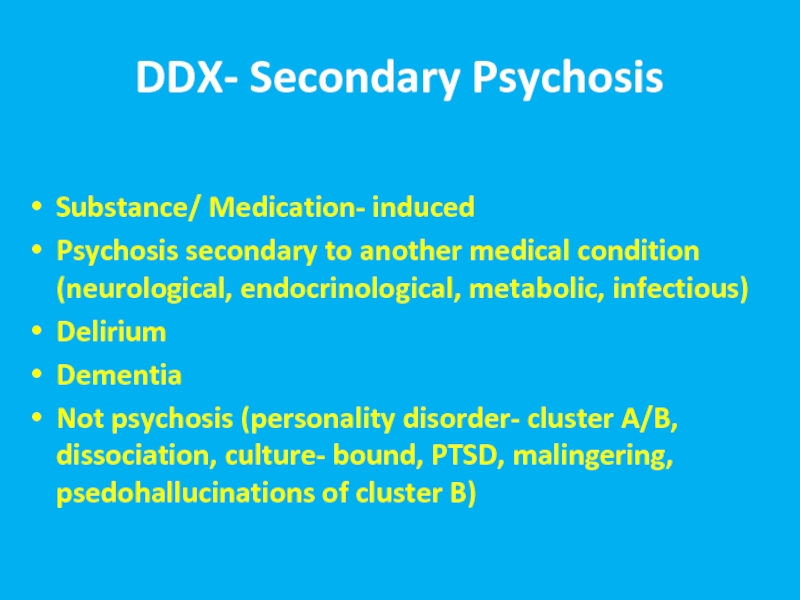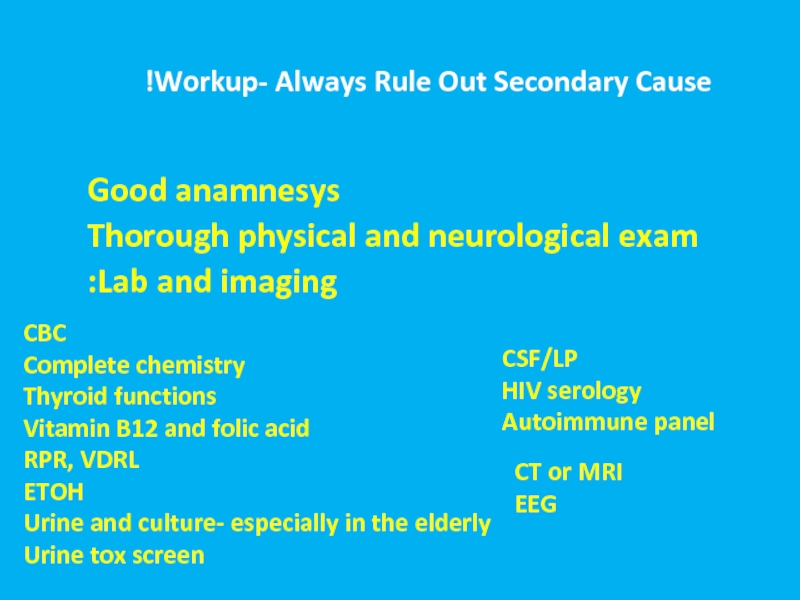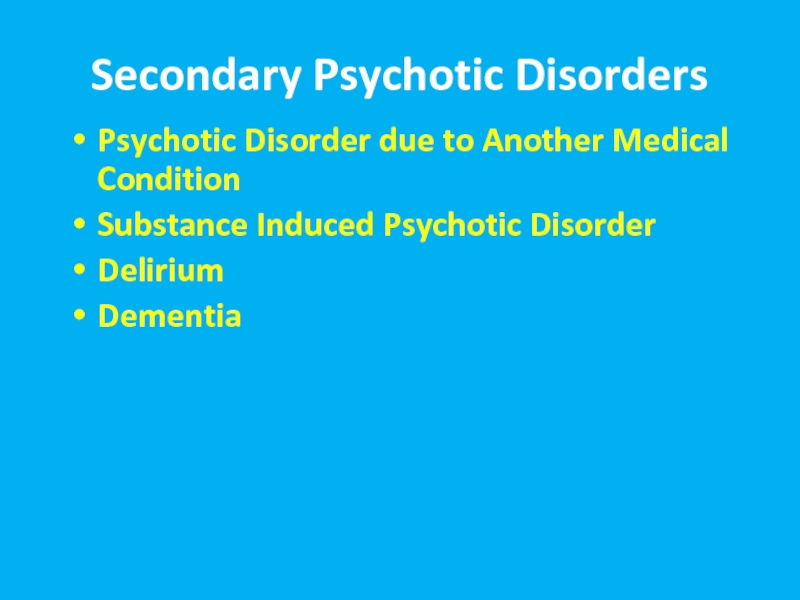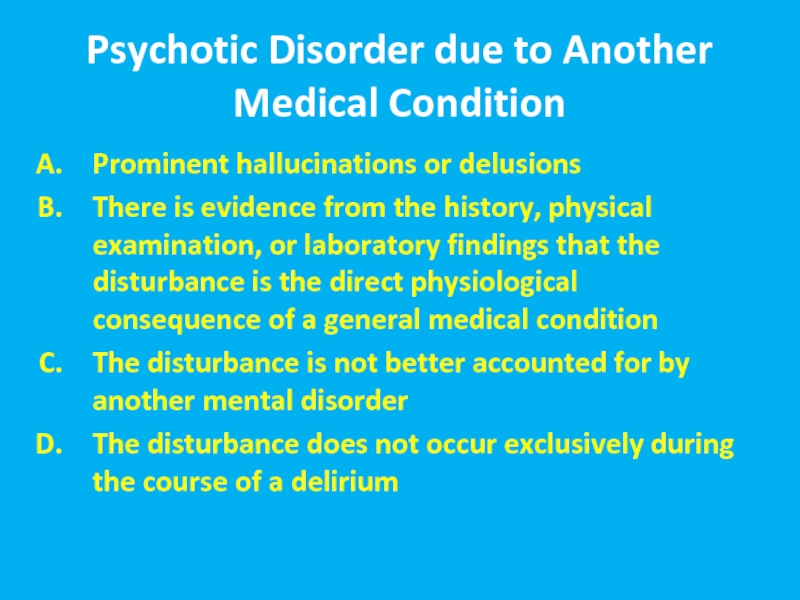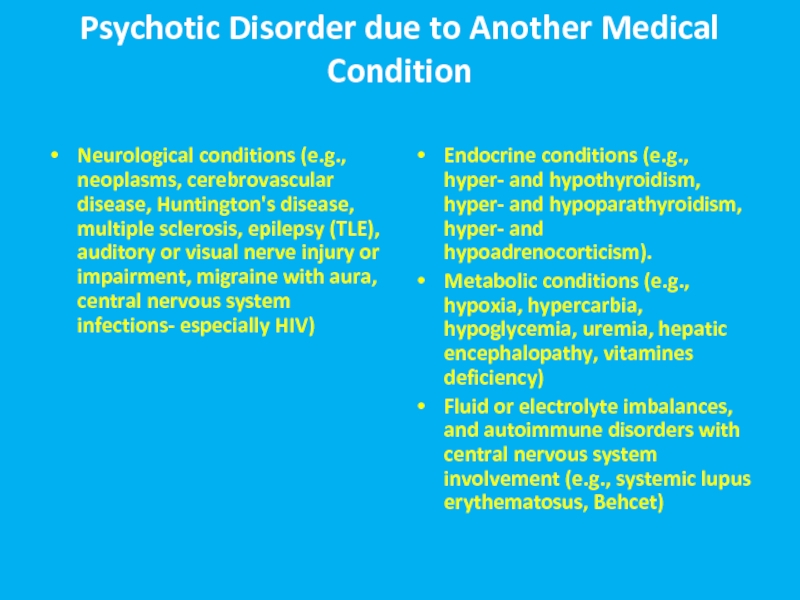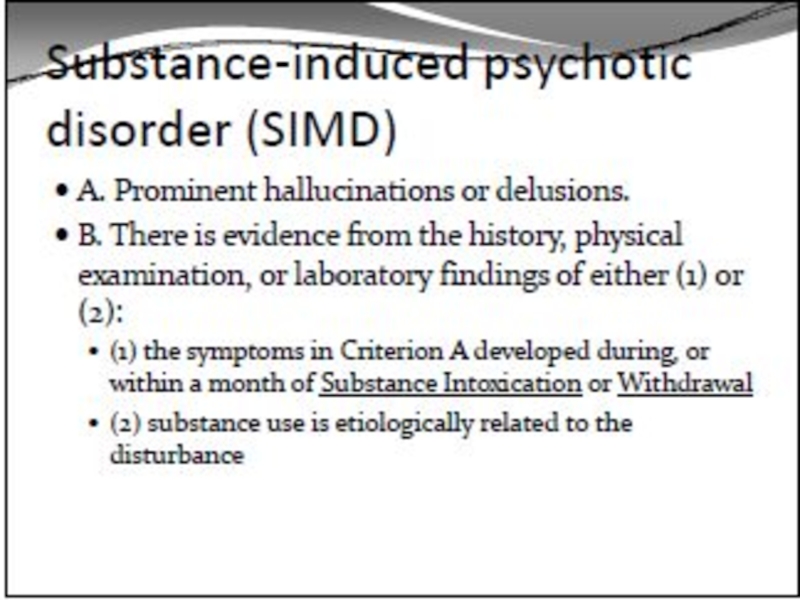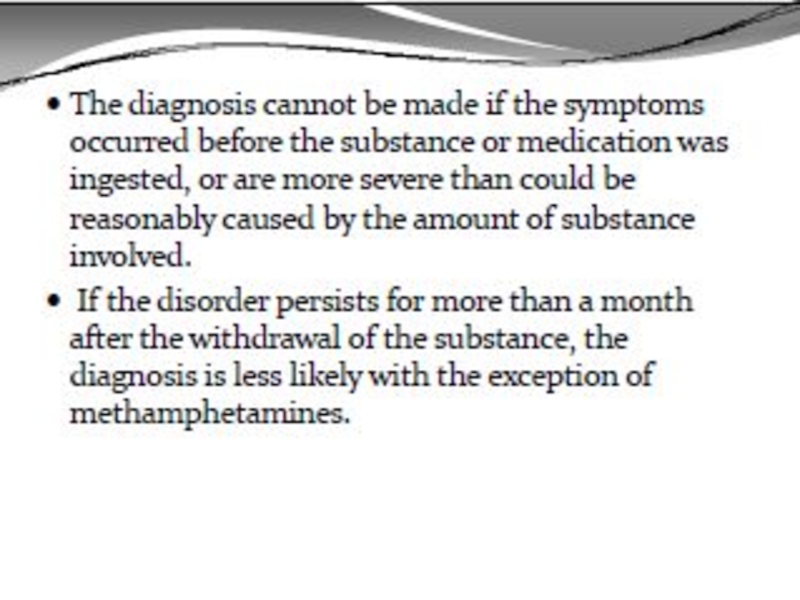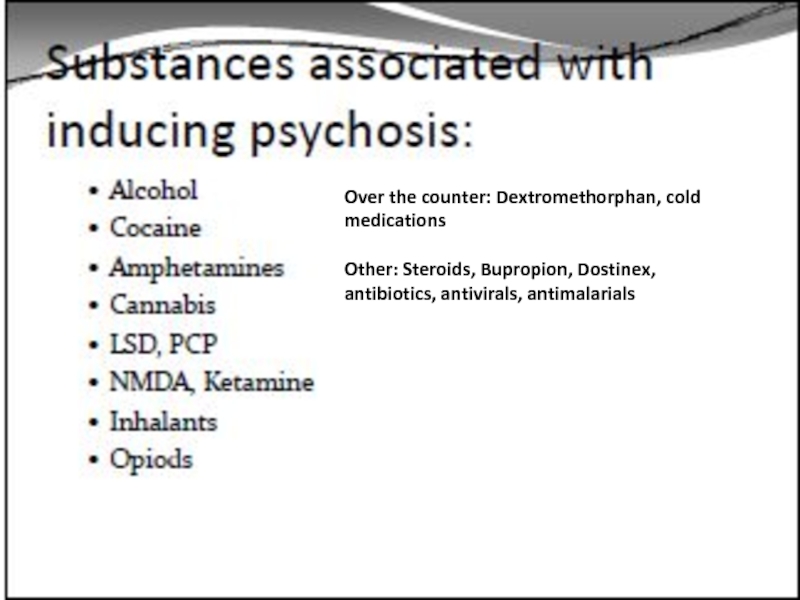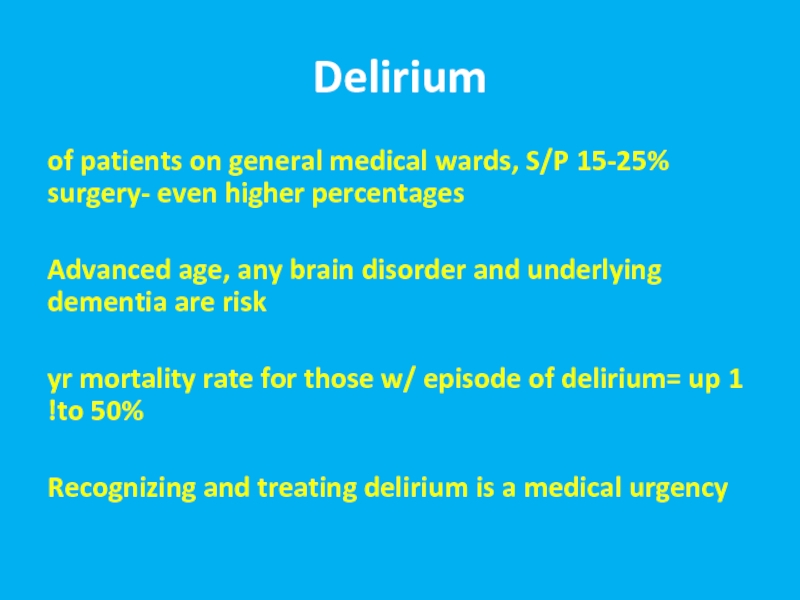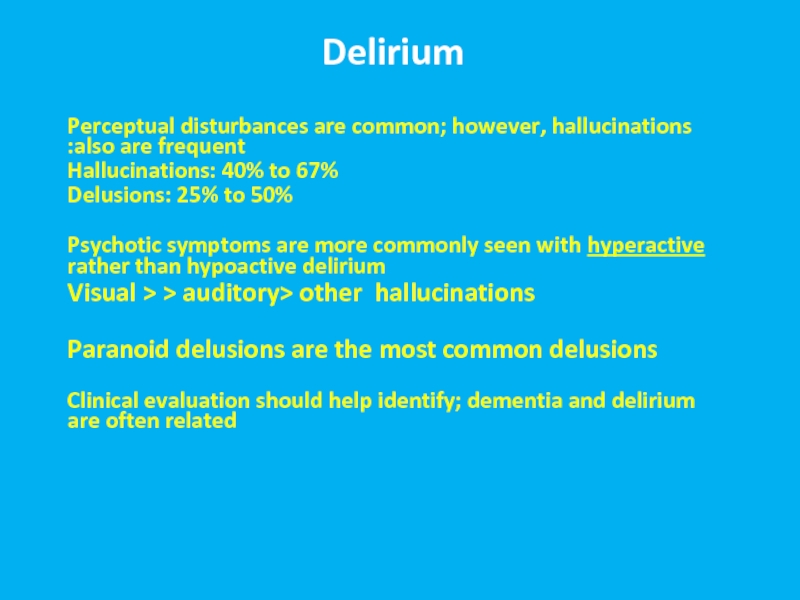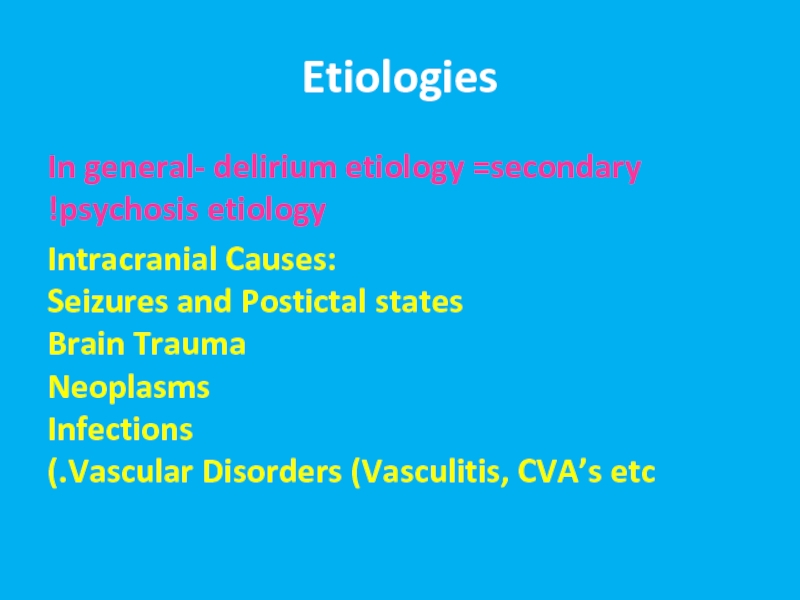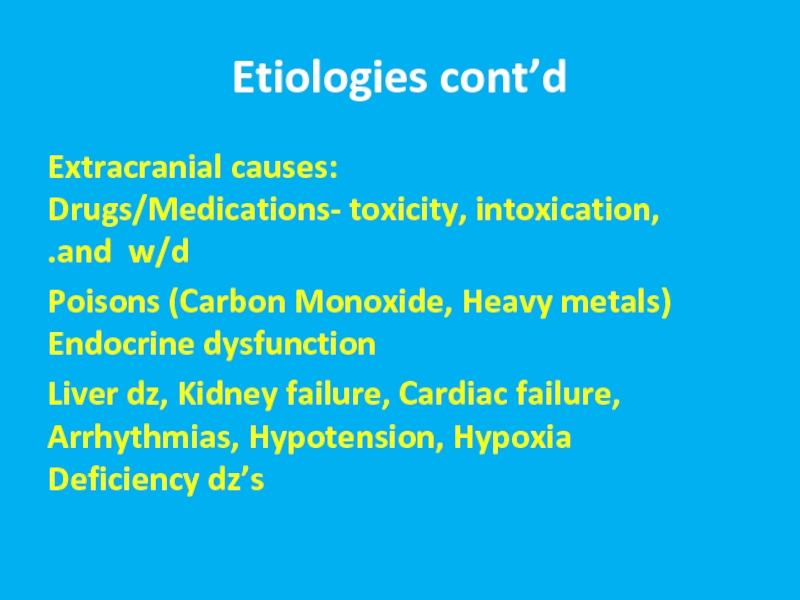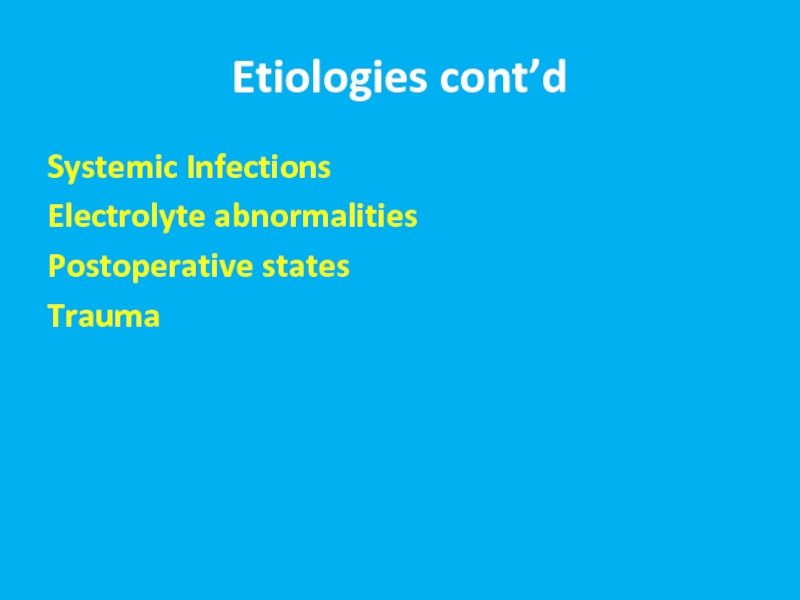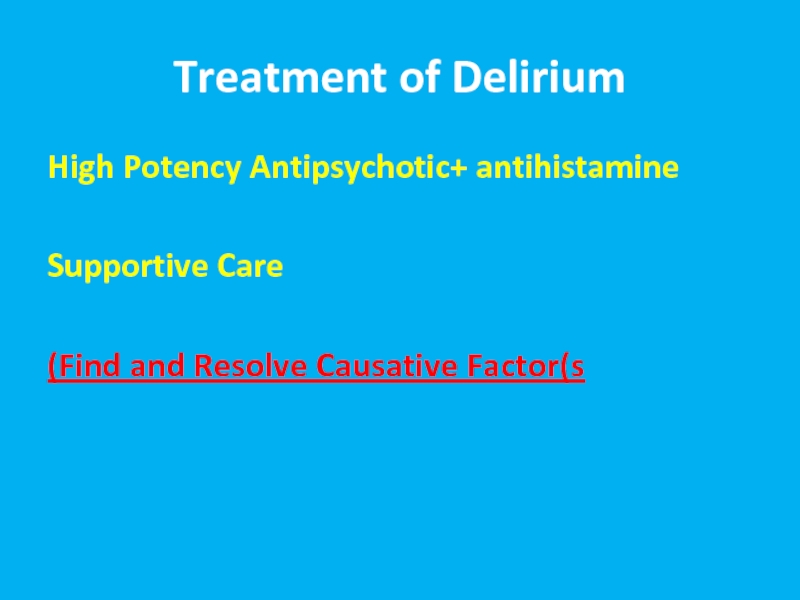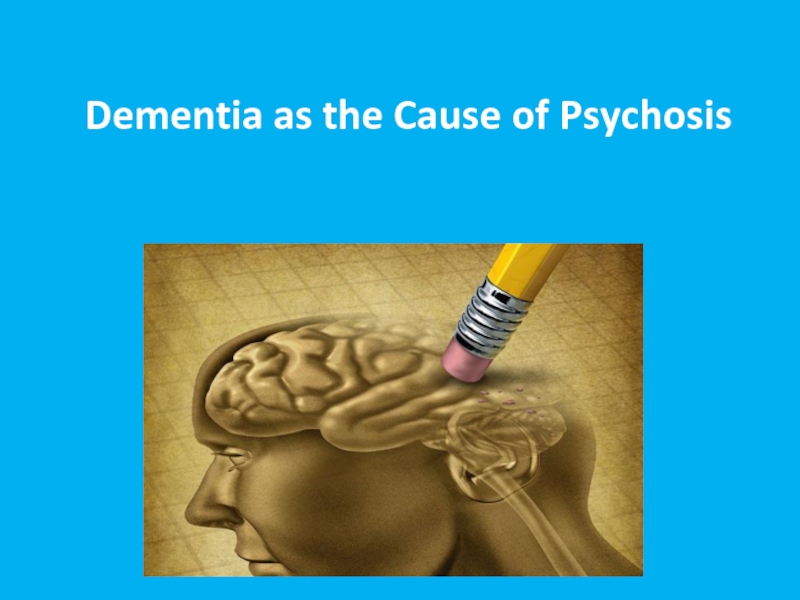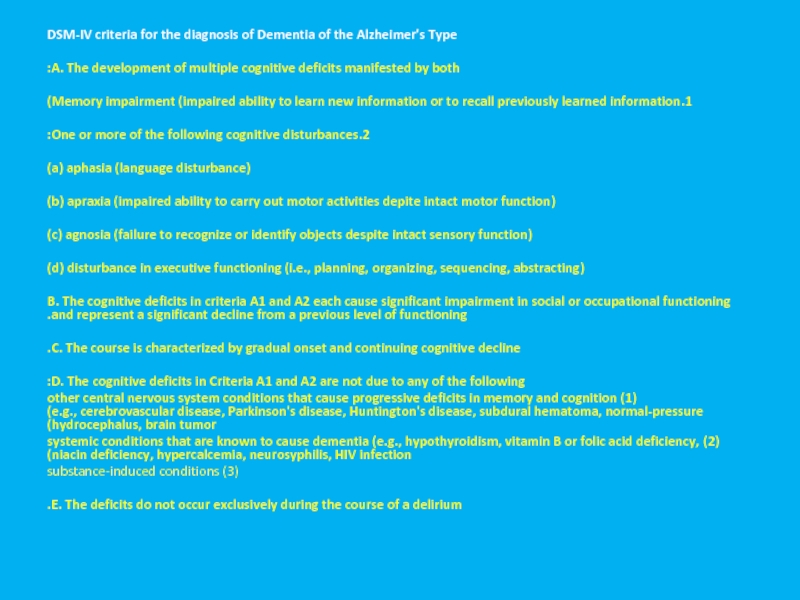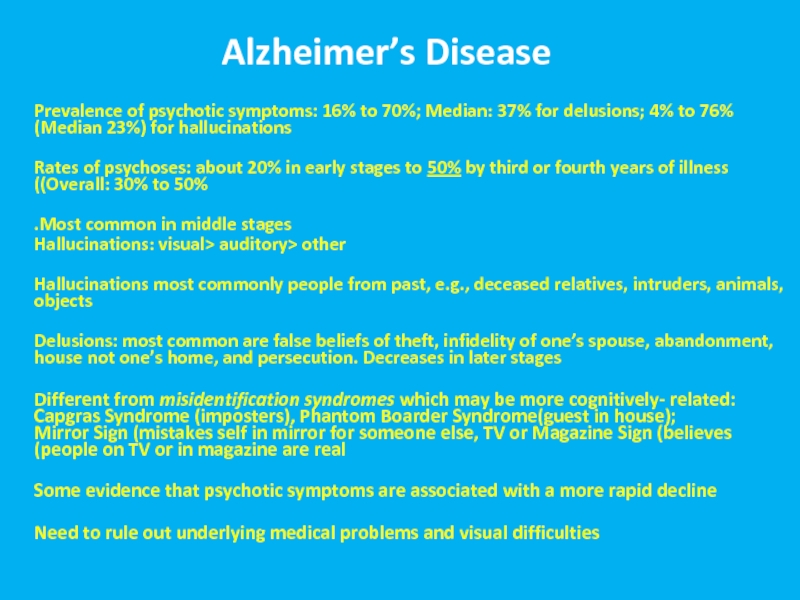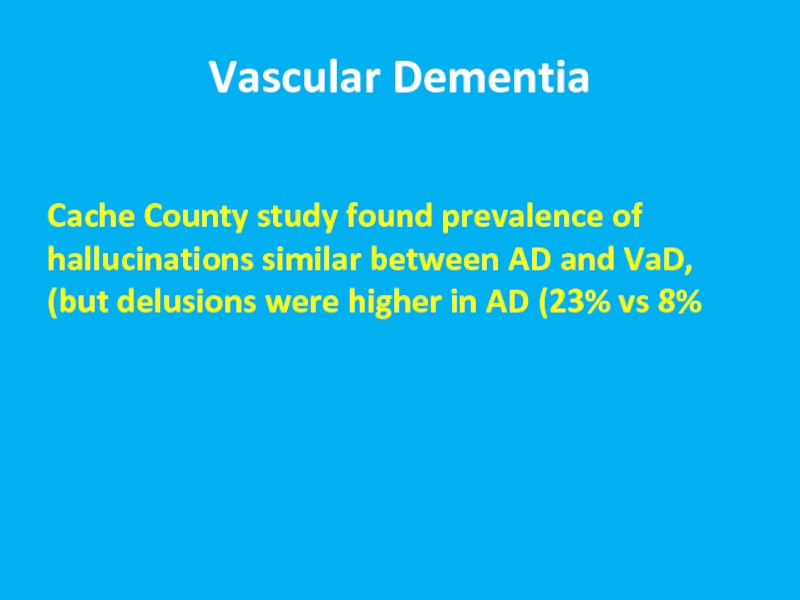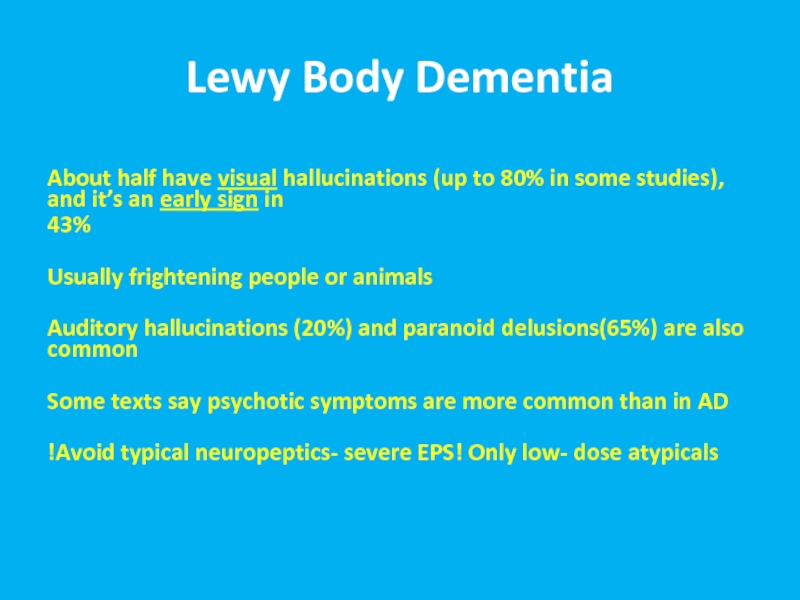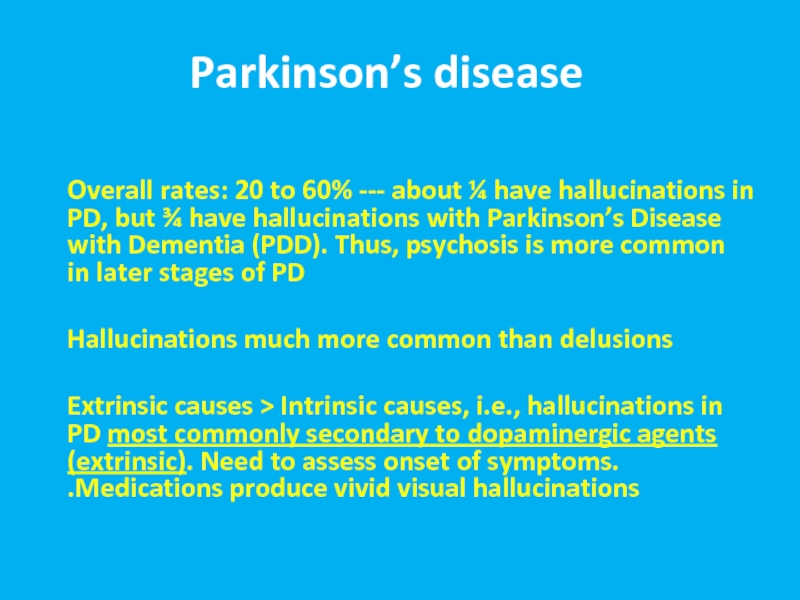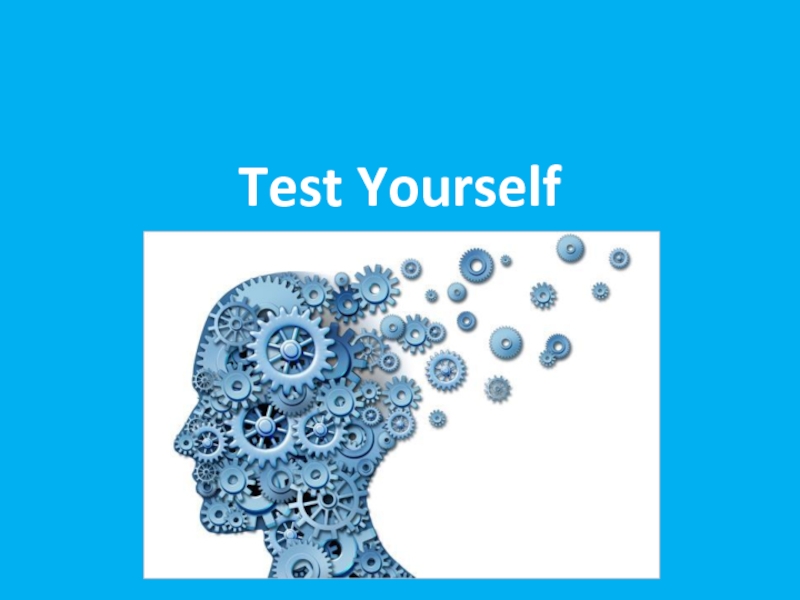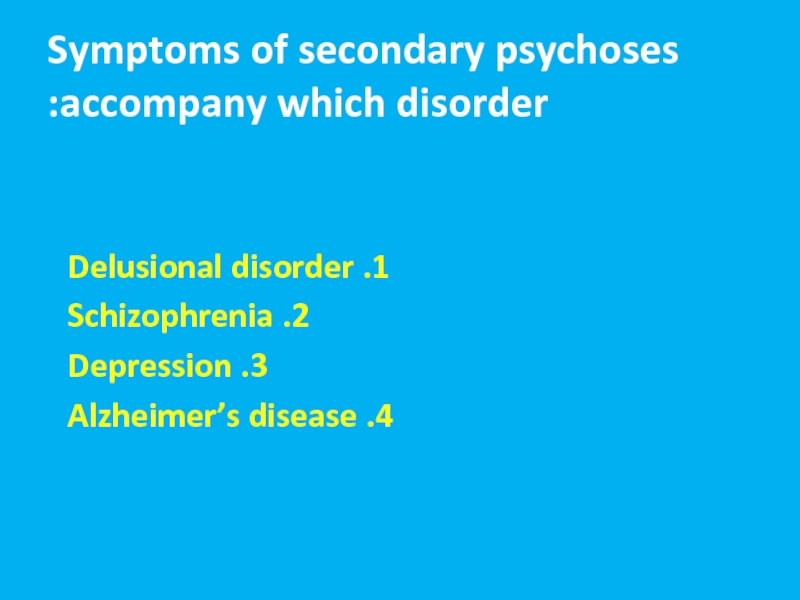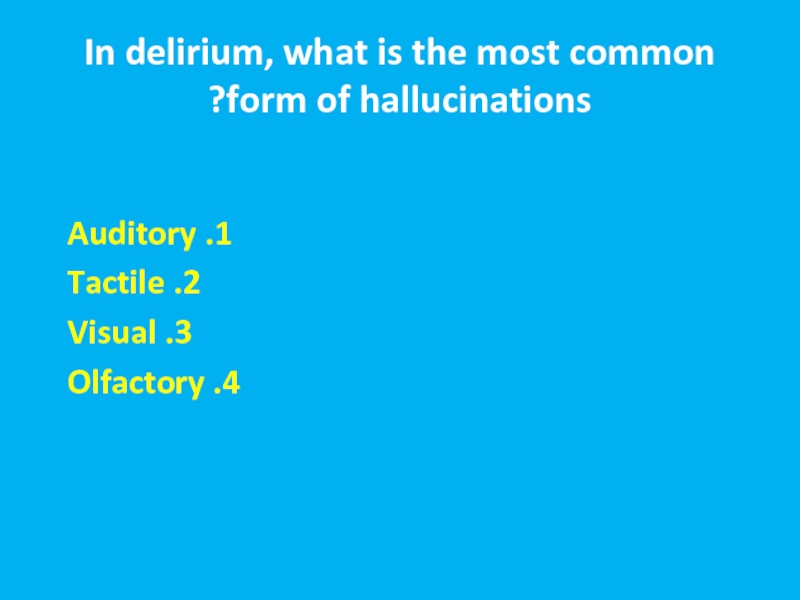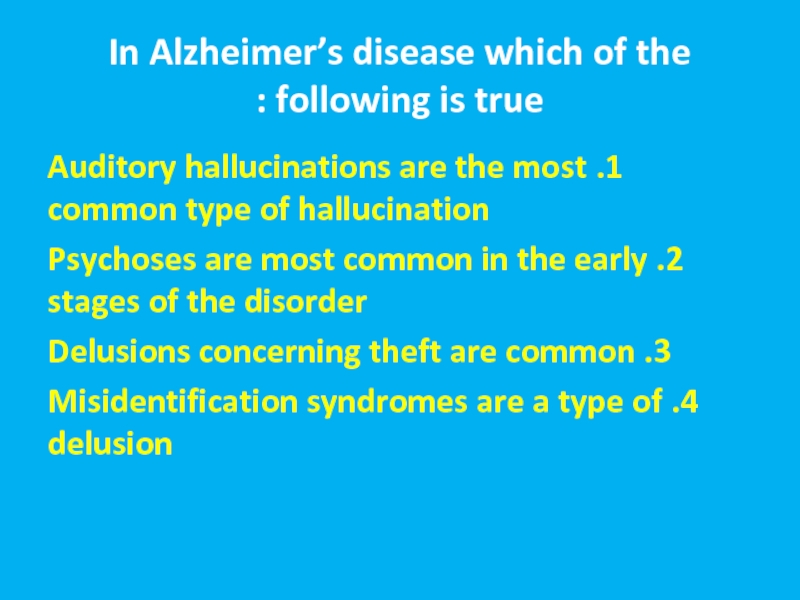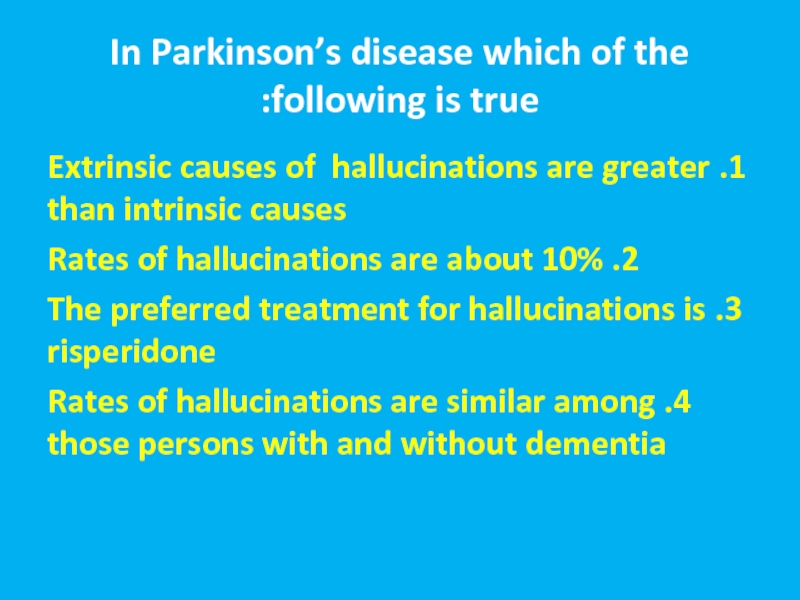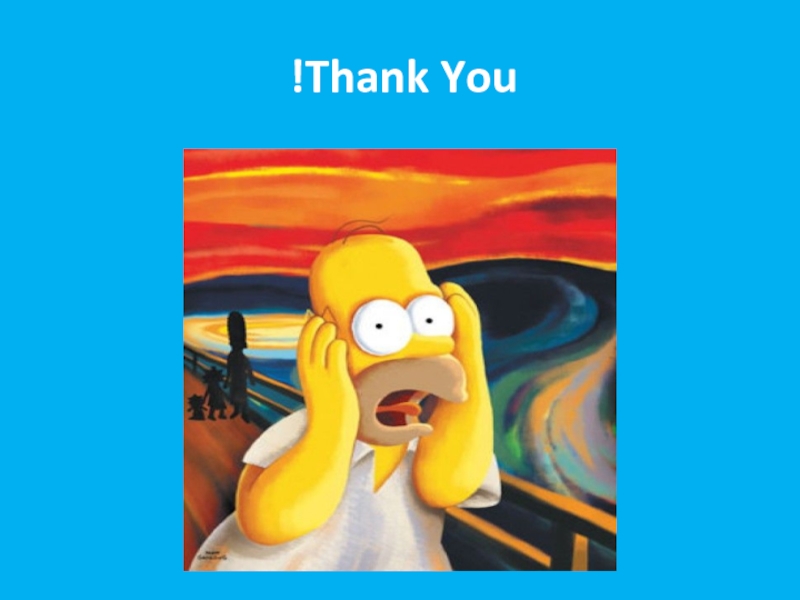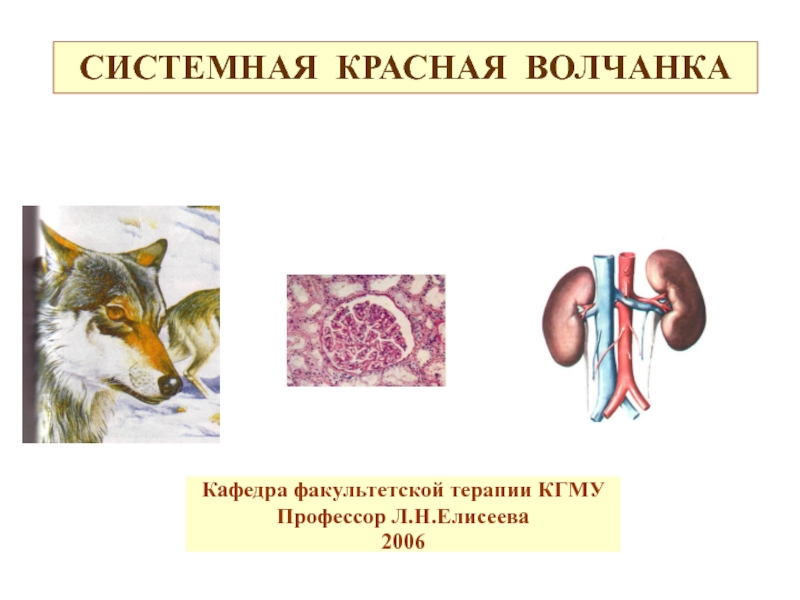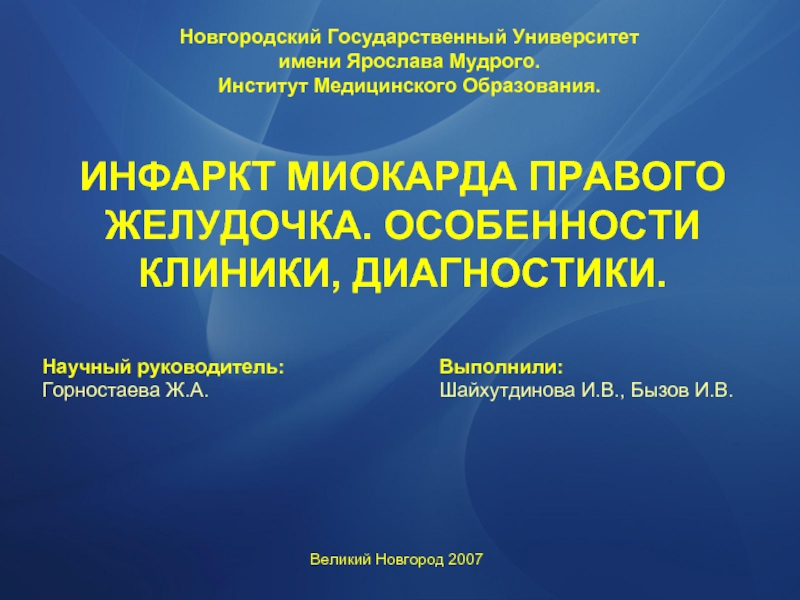- Главная
- Разное
- Дизайн
- Бизнес и предпринимательство
- Аналитика
- Образование
- Развлечения
- Красота и здоровье
- Финансы
- Государство
- Путешествия
- Спорт
- Недвижимость
- Армия
- Графика
- Культурология
- Еда и кулинария
- Лингвистика
- Английский язык
- Астрономия
- Алгебра
- Биология
- География
- Детские презентации
- Информатика
- История
- Литература
- Маркетинг
- Математика
- Медицина
- Менеджмент
- Музыка
- МХК
- Немецкий язык
- ОБЖ
- Обществознание
- Окружающий мир
- Педагогика
- Русский язык
- Технология
- Физика
- Философия
- Химия
- Шаблоны, картинки для презентаций
- Экология
- Экономика
- Юриспруденция
Introduction to Psychotic Disorders and Secondary=Organic Psychotic Disorders презентация
Содержание
- 1. Introduction to Psychotic Disorders and Secondary=Organic Psychotic Disorders
- 2. מבנה ההרצאה What is Psychosis? Symptoms DDX
- 3. Psychosis Inability to distinguish between the reality
- 5. Why does it happen? Dopaminergic Theory
- 6. סימפטומים Signs of psychosis Hallucinations Delusions Bizarre
- 7. הזיוHallucinationsת Abnormal perceptional experience unrelated to external stimuli 5 senses
- 8. Reasons for Hallucinations Primary psychiatric disorders Brain pathology Substances Disorders of cranial nerves Delirium Dementia
- 9. Auditory Hallucinations Primary psychotic disorders- human voices,
- 10. Taste Hallucinations Usually epilepsy and brain pathology
- 11. Smell Hallucinations Usually epilepsy and brain pathology
- 12. Somatic and Tactile Hallucinations Usually epilepsy and
- 13. Visual Hallucinations Usually epilepsy and brain pathology,
- 15. Lhermitte's peduncular hallucinosis Rare neurological disorder Visual
- 16. MORE RECENTLY ALSO DIAGNOSED IN
- 17. Release Hallucinations ANY MODALITY BUT VISUAL MOST
- 18. Out of Body Experiences Sleep Substances General anesthesia Neurological disorders
- 19. Autoscopic psychosis The experience in which an
- 20. Migraine with Aura Micropsy Macropsy
- 21. Hypnagogic/ Hypnapompic Hallucinations Only upon falling asleep/
- 22. Illusions Unrealistic interpretation of realistic stimulus Normal! Common in the dark
- 23. הזיות Substance- Induced Visual Experiences Hallucinogens Intoxication- stimulants, cocaine, alcohol Withdrawal- alcohol, BZ
- 24. Delirium Tremens
- 25. Treatment Options ORGANICALLY BASED HALLUCINATIONS ARE USUALLY
- 26. Delusions False belief, based on the incorrect
- 27. Types of Delusions Paranoid/persecutory Ideas of reference
- 28. Disorders of Thought Alogia (also poverty of speech) – A
- 29. Disorders of Thought Echolalia – Echoing of another's
- 30. Disorders of Thought Illogicality – Conclusions are reached
- 31. Disorders of Thought Semantic paraphasia – Substitution
- 32. Behavior Bizarre dress and appearance Catatonia Loss
- 33. Catatonia Stupor (i.e., no psychomotor activity; not actively
- 34. Mood and Affect Inappropriate affect Blunting of affect/mood
- 35. מצב פסיכוטי פרנואידי- הדגמה Movie
- 36. DDX Basis- primary versus secondary psychosis!
- 37. DDX- Primary Psychosis Schizophrenia, schizophreniform Schizoaffective Brief Psychotic disorder Delusional disorder Affective psychosis (depression, mania)
- 38. DDX- Secondary Psychosis Substance/ Medication- induced
- 39. Workup- Always Rule Out Secondary Cause!"אורגנית"
- 40. Secondary Psychotic Disorders Psychotic Disorder due to
- 41. Psychotic Disorder due to Another Medical Condition
- 42. Psychotic Disorder due to Another Medical Condition
- 45. Over the counter: Dextromethorphan, cold
- 47. Delirium 15-25% of patients on general medical
- 48. Delirium Perceptual disturbances are common; however,
- 49. Etiologies In general- delirium etiology =secondary psychosis
- 50. Etiologies cont’d Extracranial causes:
- 51. Etiologies cont’d Systemic Infections Electrolyte abnormalities Postoperative states Trauma
- 52. Treatment of Delirium High Potency Antipsychotic+ antihistamine
- 53. Dementia as the Cause of Psychosis
- 54. DSM-IV criteria for the diagnosis of Dementia
- 55. Alzheimer’s Disease Prevalence of psychotic symptoms:
- 56. Vascular Dementia Cache County
- 57. Lewy Body Dementia About half have
- 58. Parkinson’s disease Overall rates: 20 to
- 59. Test Yourself
- 60. Symptoms of secondary psychoses accompany which disorder:
- 61. In delirium, what is the most common
- 62. In Alzheimer’s disease which of the following
- 63. In Parkinson’s disease which of the following
- 64. Thank You!
Слайд 3Psychosis
Inability to distinguish between the reality and the inner world and
OR- PROFESSIONALLY STATED-
Severely impaired judgement, reality testing and behavior, accompanied by hallucinations and/or delusions
Слайд 5Why does it happen?
Dopaminergic Theory
Increasing levels of dopamine in the brain
Drugs that bind with dopamine receptors and block them can reduce positive psychotic symptoms.
Glutamate Theory
Blocking NMDA receptors with ketamine causes psychosis
Слайд 6סימפטומים
Signs of psychosis
Hallucinations
Delusions
Bizarre or disorganized behavior
Impaired thought process
Impaired speech output
Abnormal movements
Слайд 8Reasons for Hallucinations
Primary psychiatric disorders
Brain pathology
Substances
Disorders of cranial nerves
Delirium
Dementia
Слайд 9Auditory Hallucinations
Primary psychotic disorders- human voices, noises, command hallucinations. Usually perceived
Substances- both intoxication and withdrawal. All types of voices and noises
CN7 tumors- tinnitus, music, vague noises. Usually perceived as coming from within!
Epilepsy and brain neoplasms- All types of voices and noises
Delirium and dementia- usually unclear voices and unformed phrases
Слайд 10Taste Hallucinations
Usually epilepsy and brain pathology
Very rare in primary psychiatric disorders
Do
Слайд 11Smell Hallucinations
Usually epilepsy and brain pathology
Rare in primary psychiatric disorders- possible
Usually- unpleasant smells (decay, burned rubber)
Usually- patients perceive themselves as the source of the smell
Слайд 12Somatic and Tactile Hallucinations
Usually epilepsy and brain pathology
In primary psychiatric disorders-
Substance- related: intoxication (cocain), withdrawal (alcohol)
DDX: peripheral neuropathy
Sense of “electricity”, “bugs crawling”, “worms”, “touch”, change in body shape
Слайд 13Visual Hallucinations
Usually epilepsy and brain pathology, migraines, visual impairment
In primary psychiatric
Substance- related: intoxication (LSD), withdrawal (alcohol). Sometimes- with full insight
Delirium and dementia (DWLB). Usually people, sometimes familiar, or animals
DDX: flashbacks of PTSD, pseudohallucinations of Cluster B personality disorders, dissociation, bereavement
Слайд 15Lhermitte's peduncular hallucinosis
Rare neurological disorder
Visual hallucinations- vivid, detailed, often moving, exclusively
Last minutes
Dream like state with intact mentation
Very realistic
Usually consist of familiar people, places or objects
Causes:
Lesions in the thalamus, brainstem (compression by tumors), substantia nigra pars reticulata
Aura of basilar migraine localizable to the brainstem
After vertebral angiography
Vertebrobasilar insufficiency
Severe hypoplasia of vertebral artery
Слайд 16
MORE RECENTLY ALSO DIAGNOSED IN PATIENTS WITH MS, FRONTAL AND OCCIPITAL
WHY? BRAIN COMPENSATES FOR SENSORY DEPRIVATION
Слайд 17Release Hallucinations
ANY MODALITY BUT VISUAL MOST COMMON: DEPENDS ON END ORGAN
LESIONS ANYWHERE FROM THE EYE TO THE OCCIPITAL CORTEX
USUALLY REPETITIOUS AND NONTHREATENING BUT IRRITATING
AWARENESS THAT THEY ARE NOT REAL
MODIFIED BY CHANGING VISUAL INPUT
THESE ARE MUCH MORE COMMON THAN THOUGHT AND UNDERREPORTED BECAUSE PEOPLE DO NOT WANT TO BE CONSIDERED “CRAZY.”
Слайд 19Autoscopic psychosis
The experience in which an individual perceives the surrounding environment
Autoscopic experiences are hallucinations
Experiences - are characterized by the presence of the following three factors:
Disembodiment,
impression of seeing the world from an elevated and distanced visuo-spatial perspective or extracorporeal, but egocentric visuo-spatial perspective;
impression of seeing one's own body from this perspective (autoscopy).
Heautoscopy - reduplicative hallucination of "seeing one's own body at a distance”. It can occur as a symptom in schizophrenia and epilepsy
Polyopic heutoscopy - more than one double is perceived. Can result from a tumor in the insular region of left temporal lobe
Negative autoscopy (or negative heautoscopy) - the sufferer does not see his or her reflection when looking in a mirror
Слайд 21Hypnagogic/ Hypnapompic Hallucinations
Only upon falling asleep/ waking up
Very common
Normal phenomenon!
Seconds to
Usually eith full insight
Narcolepsy
Children
Слайд 23הזיות Substance- Induced Visual Experiences
Hallucinogens
Intoxication- stimulants, cocaine, alcohol
Withdrawal- alcohol, BZ
Слайд 25Treatment Options
ORGANICALLY BASED HALLUCINATIONS ARE USUALLY SELF-LIMITING. With either end organ
INTERVENTIONS:
CHANGE PATIENT’S ENVIRONMENT
HASTEN END ORGAN CHANGE, E.G., CATARACT REMOVAL
GOOD MEDICAL MANAGEMENT OF CNS RISK FACTORS, E.G., HTN, DM, ET AL.
MEDICATIONS: DO NOT ROUTINELY USE CLASSIC NEUROLEPTICS
PEDUNCULAR HALLUCINOSIS: CLOZAPINE
RELEASE HALLUCINATIONS: CARBAMAZEPINE, GABAPENTIN, MELPERONE, VALPROATE, CISAPRIDE
Слайд 26Delusions
False belief, based on the incorrect interpretation of the external reality,
Слайд 27Types of Delusions
Paranoid/persecutory
Ideas of reference
External locus of control
Thought broadcasting
Thought insertion,
Jealousy
Guilt
Grandiosity
Religious delusions
Somatic delusions
Слайд 28Disorders of Thought
Alogia (also poverty of speech) – A poverty of speech, either in
Blocking – An abrupt stop in the middle of a train of thought; the individual may or may not be able to continue theidea. This is a type of formal thought disorder that can be seen in schizophrenia
Circumstantiality (also circumstantial thinking, or circumstantial speech) – An inability to answer a question without giving excessive, unnecessary detail. This differs from tangential thinking, in that the person does eventually return to the original point
Clanging or Clang association – Ideas that are related only by similar or rhyming sounds rather than actual meaning. This may be heard as excessive rhyming and/or alliteration. e.g.
"Many moldy mushrooms merge out of the mildewy mud on Mondays." "I heard the bell. Well, hell, then I fell.“
Derailment (also loose association and knight's move thinking) – Ideas slip off the topic's track on to another which is obliquely related or unrelated .
"The next day when I'd be going out you know, I took control, like uh, I put bleach on my hair in California."
Distractible speech – During mid speech, the subject is changed in response to a stimulus. e.g.
"Then I left San Francisco and moved to... where did you get that tie?"
Слайд 29Disorders of Thought
Echolalia – Echoing of another's speech that may only be
"What would you like for dinner?", "That's a good question. That's a good question. That's a good question. That's a good question."
Evasive interaction – Attempts to express ideas and/or feelings about another individual come out as evasive or in a diluted form, e.g.:
"I... er ah... you are uh... I think you have... uh-- acceptable erm... uh... hair.“
Flight of ideas – Excessive speech at a rapid rate that involves fragmented or unrelated ideas. It is common in mania. "His boss was a wheelchair"
Слайд 30Disorders of Thought
Illogicality – Conclusions are reached that do not follow logically
"Do you think this will fit in the box?" draws a reply like "Well duh; it's brown, isn't it?“
Incoherence (word salad) – Speech that is unintelligible because, though the individual words are real words, the manner in which they are strung together results in incoherent gibberish, e.g. the question "Why do people comb their hair?" elicits a response like
"Because it makes a twirl in life, my box is broken help me blue elephant. Isn't lettuce brave? I like electrons, hello please!"
Loss of goal – Failure to follow a train of thought to a natural conclusion. e.g. "Why does my computer keep crashing?", "Well, you live in a stucco house, so the pair of scissors needs to be in another drawer."
Neologisms – New word formations. These may also involve elisions of two words that are similar in meaning or in sound. e.g. "I got so angry I picked up a dish and threw it at the geshinker."
Perseveration – Persistent repetition of words or ideas even when another person attempts to change the topic e.g.
"It's great to be here in Nevada, Nevada, Nevada, Nevada, Nevada." This may also involve repeatedly giving the same answer to different questions. e.g. "Is your name Mary?" "Yes." "Are you in the hospital?" "Yes." "Are you a table?" "Yes." Perseveration can be an indication of organic brain disease such as Parkinson's.
Phonemic paraphasia – Mispronunciation; syllables out of sequence. e.g.
"I slipped on the lice and broke my arm."
Pressure of speech – Unrelenting, rapid speech without pauses. It may be difficult to interrupt the speaker, and the speaker may continue speaking even when a direct question is asked.
Self-reference – Patient repeatedly and inappropriately refers back to self. e.g.
"What's the time?", "It's 7 o'clock. That's my problem.”
Слайд 31Disorders of Thought
Semantic paraphasia – Substitution of inappropriate word. e.g.
"I slipped on
Stilted speech – Speech characterized by the use of words or phrases that are flowery, excessive, and pompous e.g.
"The attorney comported himself indecorously."
Tangentiality – Wandering from the topic and never returning to it or providing the information requested. e.g.
in answer to the question "Where are you from?", a response "My dog is from England. They have good fish and chips there. Fish breathe through gills."
Word approximations – Old words used in a new and unconventional way. e.g. “His boss was a seeover”
Слайд 32Behavior
Bizarre dress and appearance
Catatonia
Loss of impulse control
Aggression and extreme irritability
Stereotypic speech
Mannerisms
Слайд 33Catatonia
Stupor (i.e., no psychomotor activity; not actively relating to environment)
Catalepsy (i.e., passive induction
Waxy flexibility (i.e., slight, even resistance to positioning by examiner)
Mutism (i.e., no, or very little, verbal response [exclude if known aphasia])
Negativism (i.e., opposition or no response to instructions or external stimuli)
Posturing (i.e., spontaneous and active maintenance of a posture against gravity)
Mannerism (i.e., odd, circumstantial caricature of normal actions)
Stereotypy (i.e., repetitive, abnormally frequent, non-goal-directed movements)
Agitation, not influenced by external stimuli
Grimacing
Echolalia (i.e., mimicking another's speech)
Echopraxia (i.e., mimicking another's movements)
Слайд 37DDX- Primary Psychosis
Schizophrenia, schizophreniform
Schizoaffective
Brief Psychotic disorder
Delusional disorder
Affective psychosis (depression, mania)
Слайд 38DDX- Secondary Psychosis
Substance/ Medication- induced
Psychosis secondary to another medical condition (neurological,
Delirium
Dementia
Not psychosis (personality disorder- cluster A/B, dissociation, culture- bound, PTSD, malingering, psedohallucinations of cluster B)
Слайд 39 Workup- Always Rule Out Secondary Cause!"אורגנית"
Good anamnesys
Thorough physical and
Lab and imaging:
CBC
Complete chemistry
Thyroid functions
Vitamin B12 and folic acid
RPR, VDRL
ETOH
Urine and culture- especially in the elderly
Urine tox screen
CSF/LP
HIV serology
Autoimmune panel
CT or MRI
EEG
Слайд 40Secondary Psychotic Disorders
Psychotic Disorder due to Another Medical Condition
Substance Induced Psychotic
Delirium
Dementia
Слайд 41Psychotic Disorder due to Another Medical Condition
Prominent hallucinations or delusions
There is
The disturbance is not better accounted for by another mental disorder
The disturbance does not occur exclusively during the course of a delirium
Слайд 42Psychotic Disorder due to Another Medical Condition
Neurological conditions (e.g., neoplasms, cerebrovascular
Endocrine conditions (e.g., hyper- and hypothyroidism, hyper- and hypoparathyroidism, hyper- and hypoadrenocorticism).
Metabolic conditions (e.g., hypoxia, hypercarbia, hypoglycemia, uremia, hepatic encephalopathy, vitamines deficiency)
Fluid or electrolyte imbalances, and autoimmune disorders with central nervous system involvement (e.g., systemic lupus erythematosus, Behcet)
Слайд 45
Over the counter: Dextromethorphan, cold medications
Other: Steroids, Bupropion, Dostinex, antibiotics, antivirals,
Слайд 47Delirium
15-25% of patients on general medical wards, S/P surgery- even higher
Advanced age, any brain disorder and underlying dementia are risk
1 yr mortality rate for those w/ episode of delirium= up to 50%!
Recognizing and treating delirium is a medical urgency
Слайд 48Delirium
Perceptual disturbances are common; however, hallucinations also are frequent:
Hallucinations:
Delusions: 25% to 50%
Psychotic symptoms are more commonly seen with hyperactive rather than hypoactive delirium
Visual > > auditory> other hallucinations
Paranoid delusions are the most common delusions
Clinical evaluation should help identify; dementia and delirium are often related
Слайд 49Etiologies
In general- delirium etiology =secondary psychosis etiology!
Intracranial Causes:
Слайд 50Etiologies cont’d
Extracranial causes:
Poisons (Carbon Monoxide, Heavy metals) Endocrine dysfunction
Liver dz, Kidney failure, Cardiac failure, Arrhythmias, Hypotension, Hypoxia Deficiency dz’s
Слайд 52Treatment of Delirium
High Potency Antipsychotic+ antihistamine
Supportive Care
Find and Resolve Causative Factor(s)
Слайд 54DSM-IV criteria for the diagnosis of Dementia of the Alzheimer's Type
A.
1.Memory impairment (impaired ability to learn new information or to recall previously learned information)
2.One or more of the following cognitive disturbances:
(a) aphasia (language disturbance)
(b) apraxia (impaired ability to carry out motor activities depite intact motor function)
(c) agnosia (failure to recognize or identify objects despite intact sensory function)
(d) disturbance in executive functioning (i.e., planning, organizing, sequencing, abstracting)
B. The cognitive deficits in criteria A1 and A2 each cause significant impairment in social or occupational functioning and represent a significant decline from a previous level of functioning.
C. The course is characterized by gradual onset and continuing cognitive decline.
D. The cognitive deficits in Criteria A1 and A2 are not due to any of the following:
(1) other central nervous system conditions that cause progressive deficits in memory and cognition (e.g., cerebrovascular disease, Parkinson's disease, Huntington's disease, subdural hematoma, normal-pressure hydrocephalus, brain tumor)
(2) systemic conditions that are known to cause dementia (e.g., hypothyroidism, vitamin B or folic acid deficiency, niacin deficiency, hypercalcemia, neurosyphilis, HIV infection)
(3) substance-induced conditions
E. The deficits do not occur exclusively during the course of a delirium.
Слайд 55Alzheimer’s Disease
Prevalence of psychotic symptoms: 16% to 70%; Median: 37% for
Rates of psychoses: about 20% in early stages to 50% by third or fourth years of illness (Overall: 30% to 50%)
Most common in middle stages.
Hallucinations: visual> auditory> other
Hallucinations most commonly people from past, e.g., deceased relatives, intruders, animals, objects
Delusions: most common are false beliefs of theft, infidelity of one’s spouse, abandonment, house not one’s home, and persecution. Decreases in later stages
Different from misidentification syndromes which may be more cognitively- related: Capgras Syndrome (imposters), Phantom Boarder Syndrome(guest in house); Mirror Sign (mistakes self in mirror for someone else, TV or Magazine Sign (believes people on TV or in magazine are real)
Some evidence that psychotic symptoms are associated with a more rapid decline
Need to rule out underlying medical problems and visual difficulties
Слайд 56Vascular Dementia
Cache County study found prevalence of hallucinations similar
Слайд 57Lewy Body Dementia
About half have visual hallucinations (up to 80% in
43%
Usually frightening people or animals
Auditory hallucinations (20%) and paranoid delusions(65%) are also common
Some texts say psychotic symptoms are more common than in AD
Avoid typical neuropeptics- severe EPS! Only low- dose atypicals!
Слайд 58Parkinson’s disease
Overall rates: 20 to 60% --- about ¼ have
Hallucinations much more common than delusions
Extrinsic causes > Intrinsic causes, i.e., hallucinations in PD most commonly secondary to dopaminergic agents (extrinsic). Need to assess onset of symptoms. Medications produce vivid visual hallucinations.
Слайд 60Symptoms of secondary psychoses accompany which disorder:
1. Delusional disorder
2. Schizophrenia
3.
4. Alzheimer’s disease
Слайд 61In delirium, what is the most common form of hallucinations?
1. Auditory
2.
3. Visual
4. Olfactory
Слайд 62In Alzheimer’s disease which of the following is true :
1. Auditory
2. Psychoses are most common in the early stages of the disorder
3. Delusions concerning theft are common
4. Misidentification syndromes are a type of delusion
Слайд 63In Parkinson’s disease which of the following is true:
1. Extrinsic causes
2. Rates of hallucinations are about 10%
3. The preferred treatment for hallucinations is risperidone
4. Rates of hallucinations are similar among those persons with and without dementia
